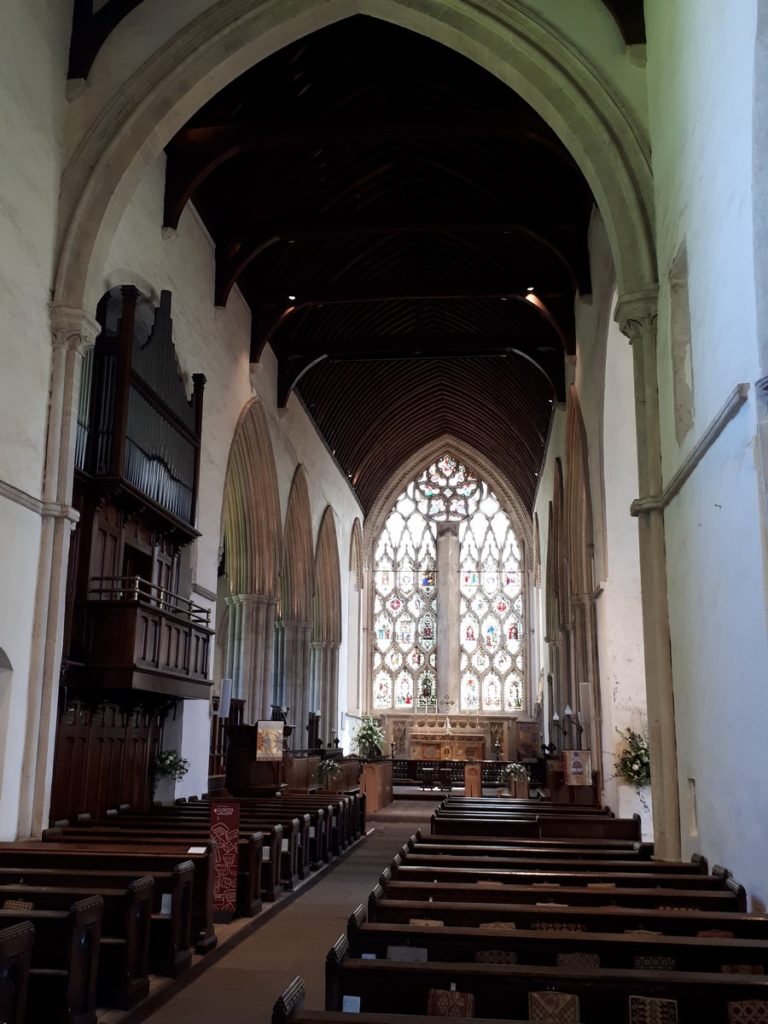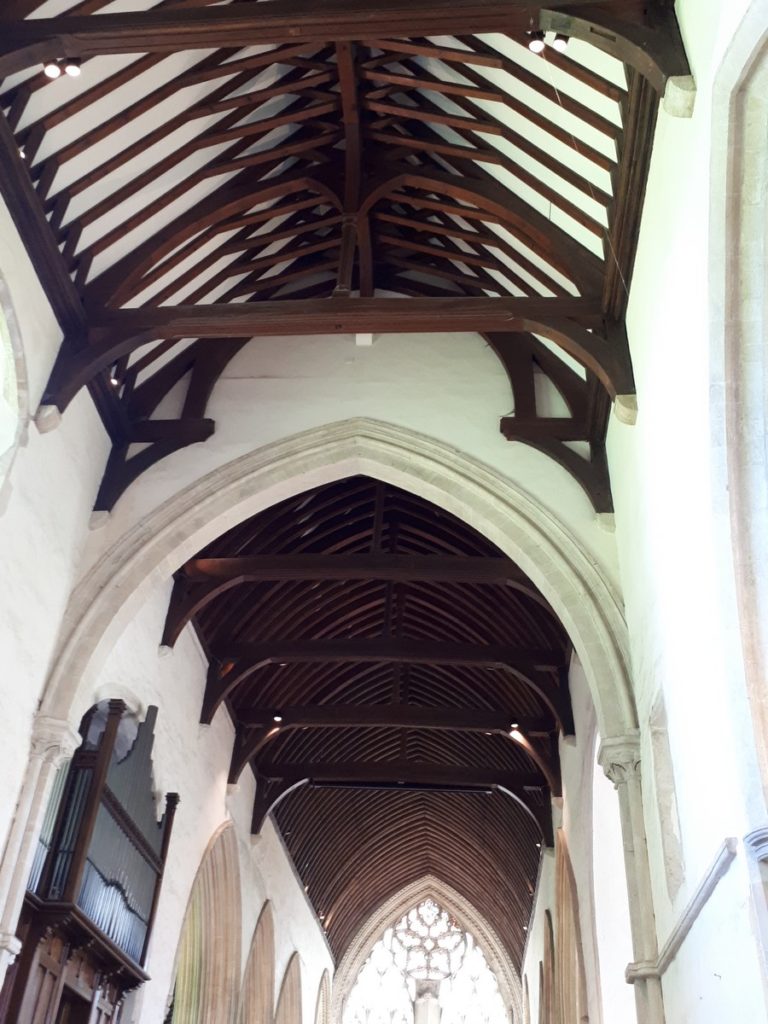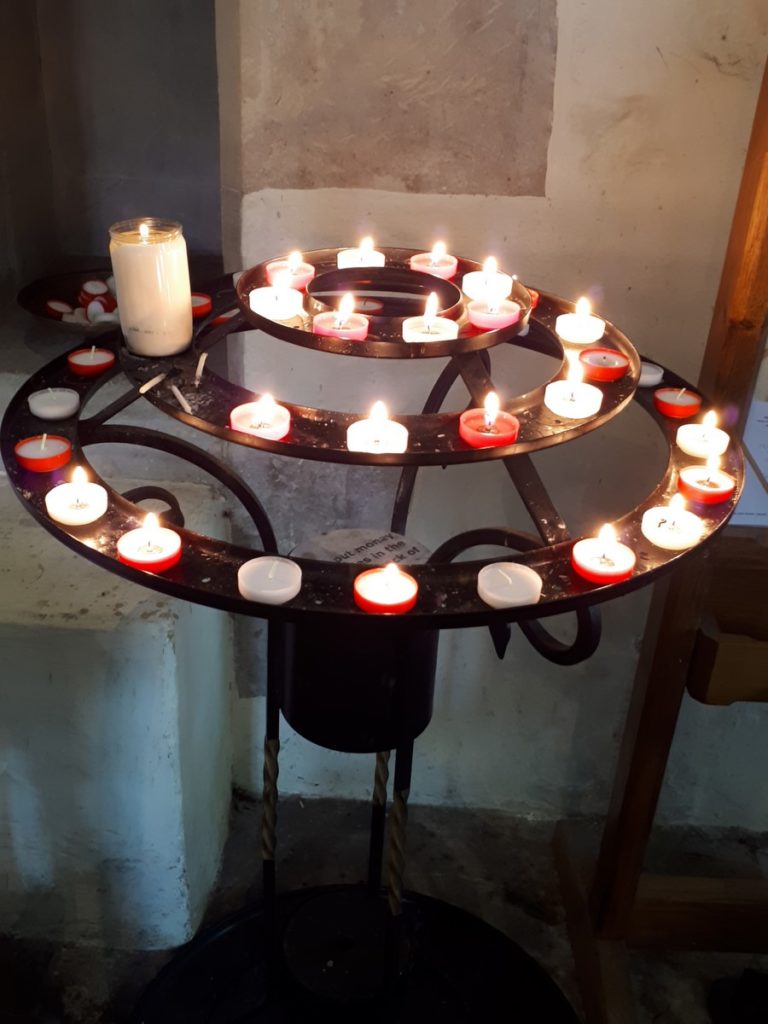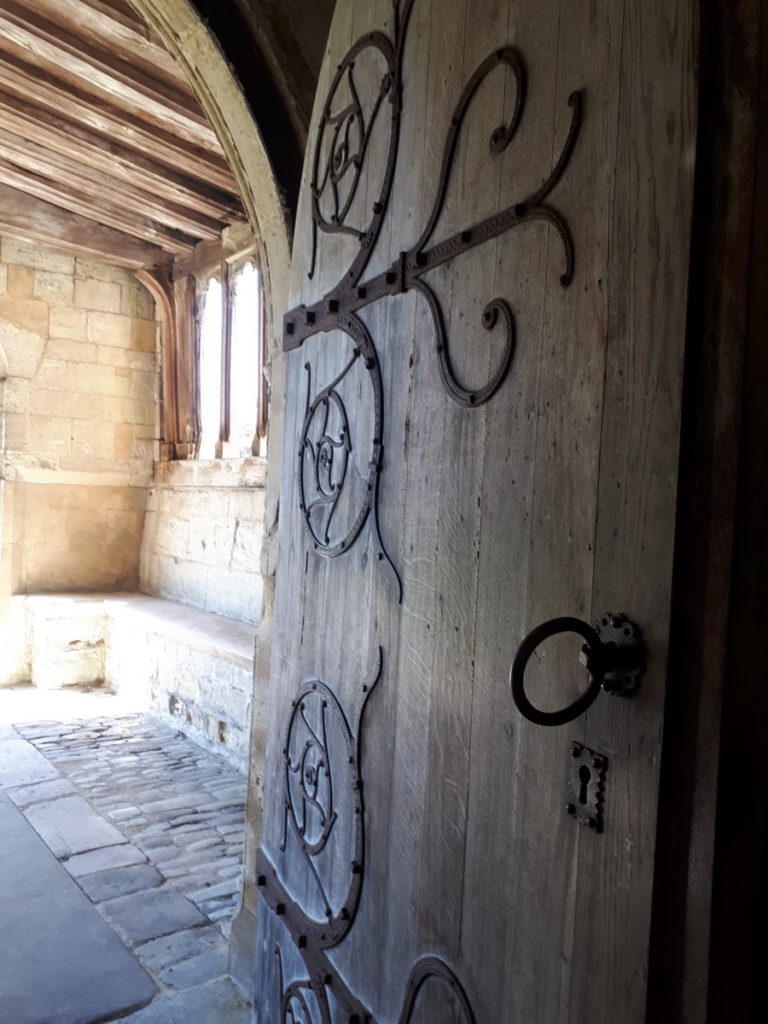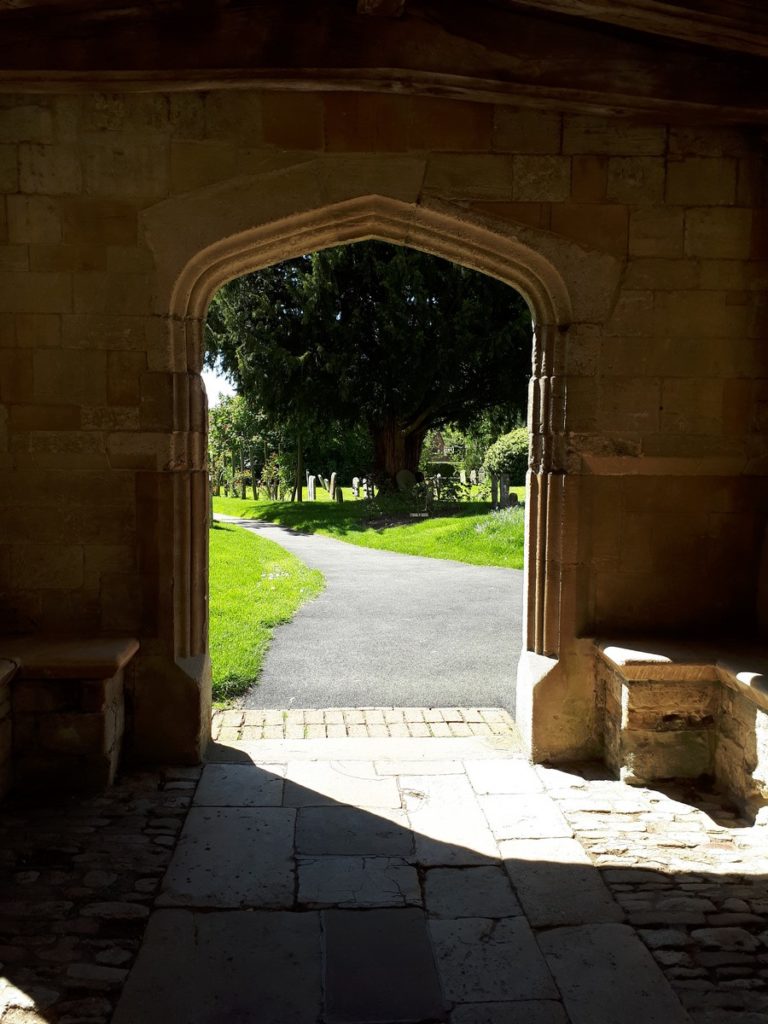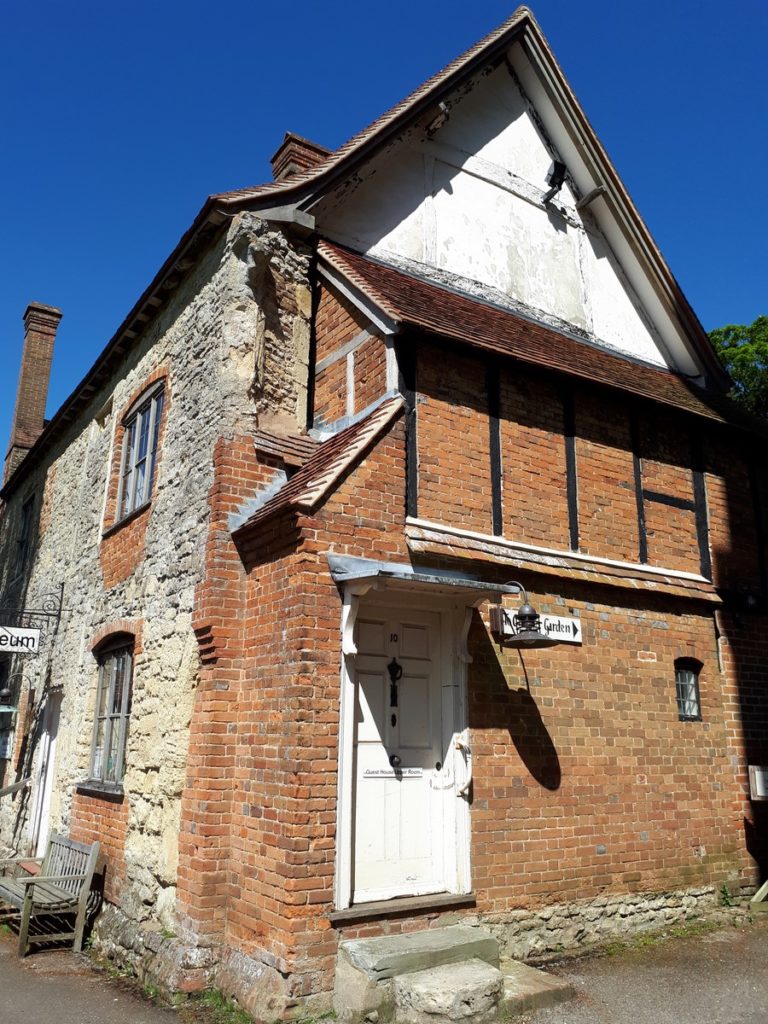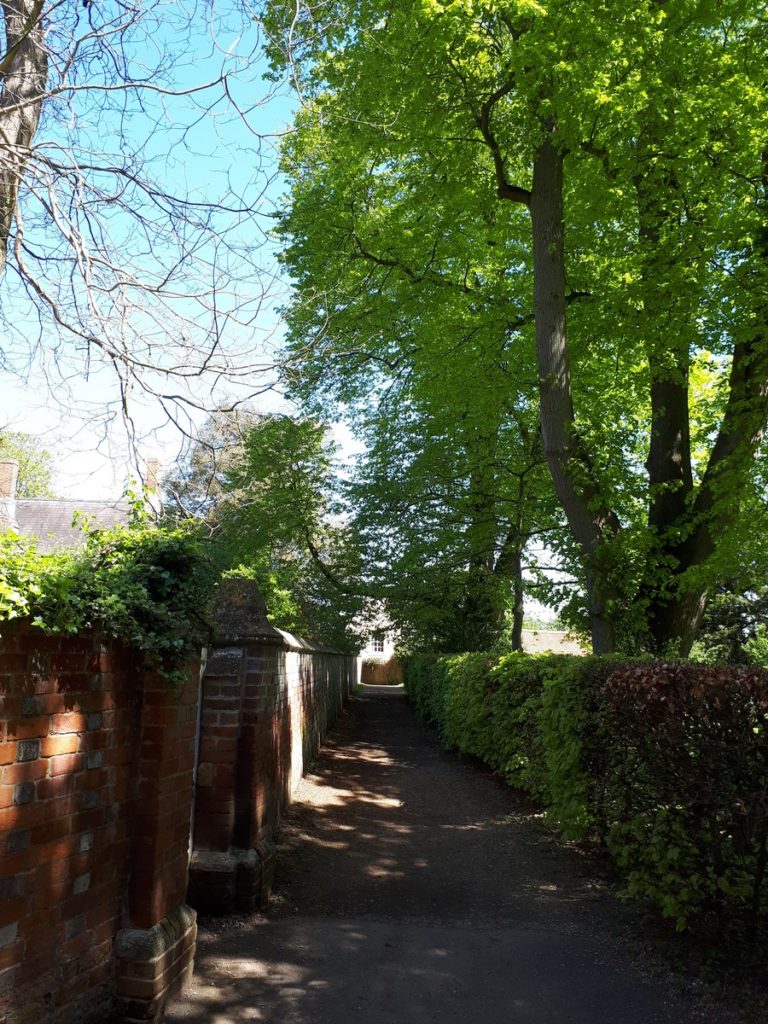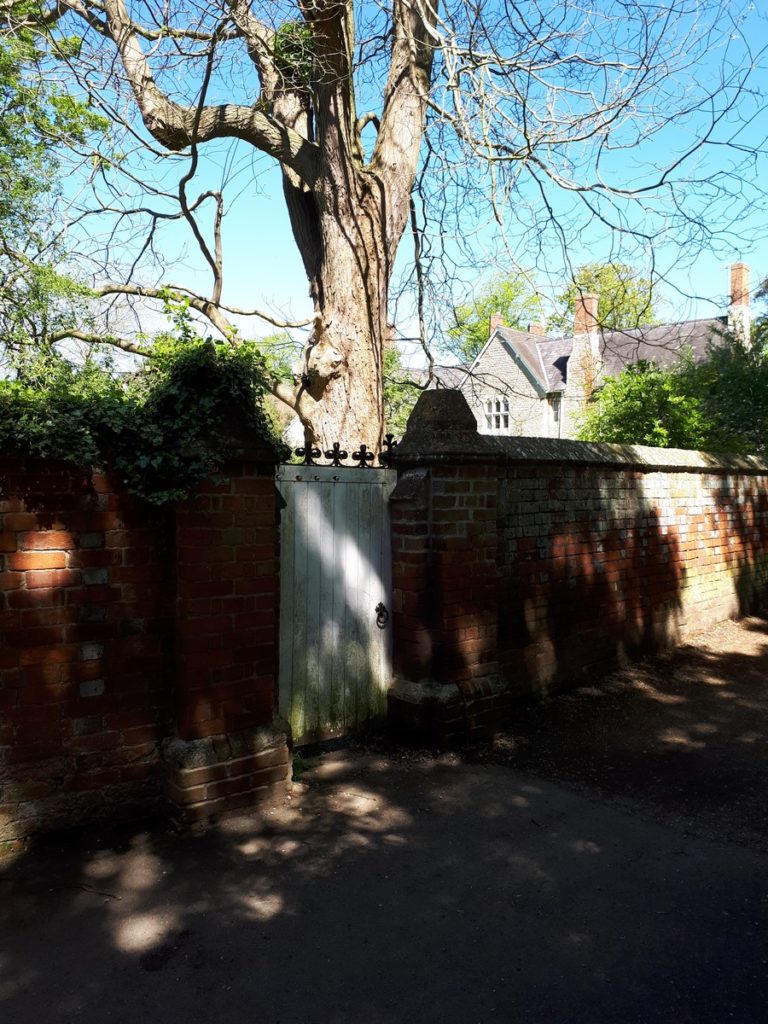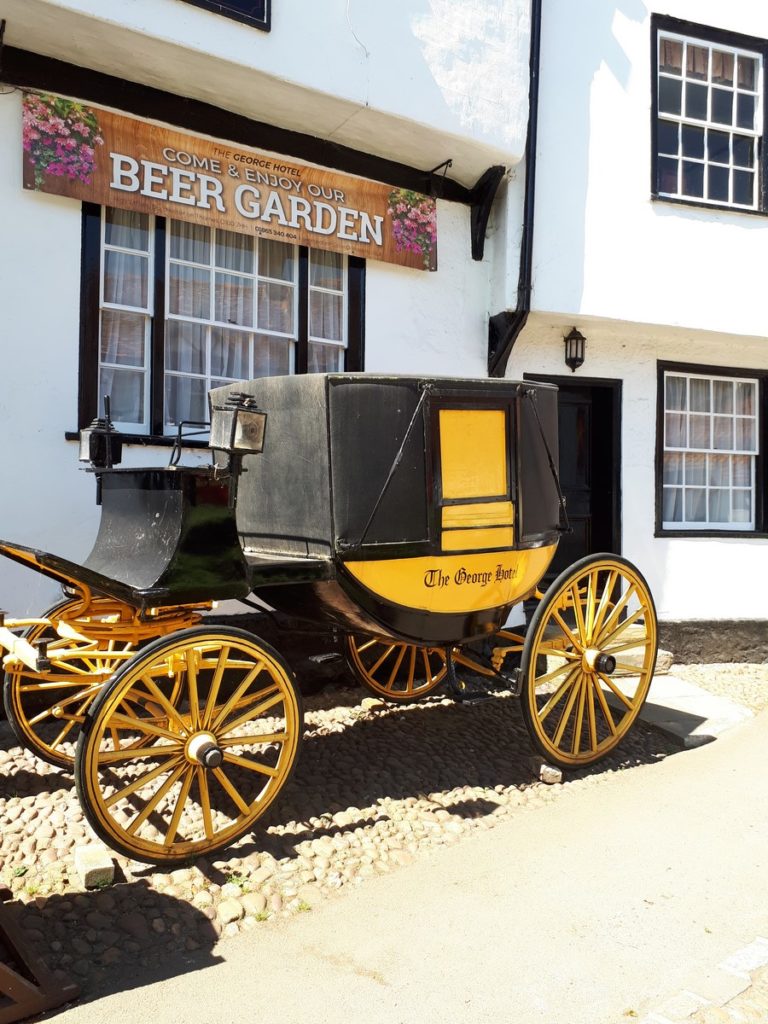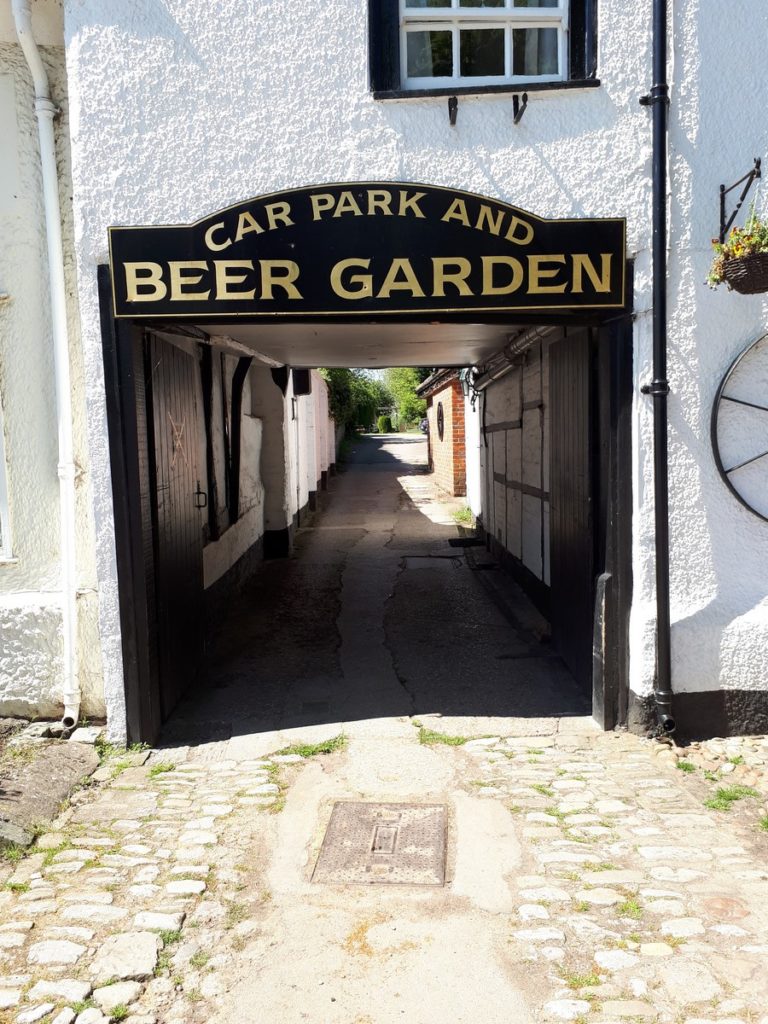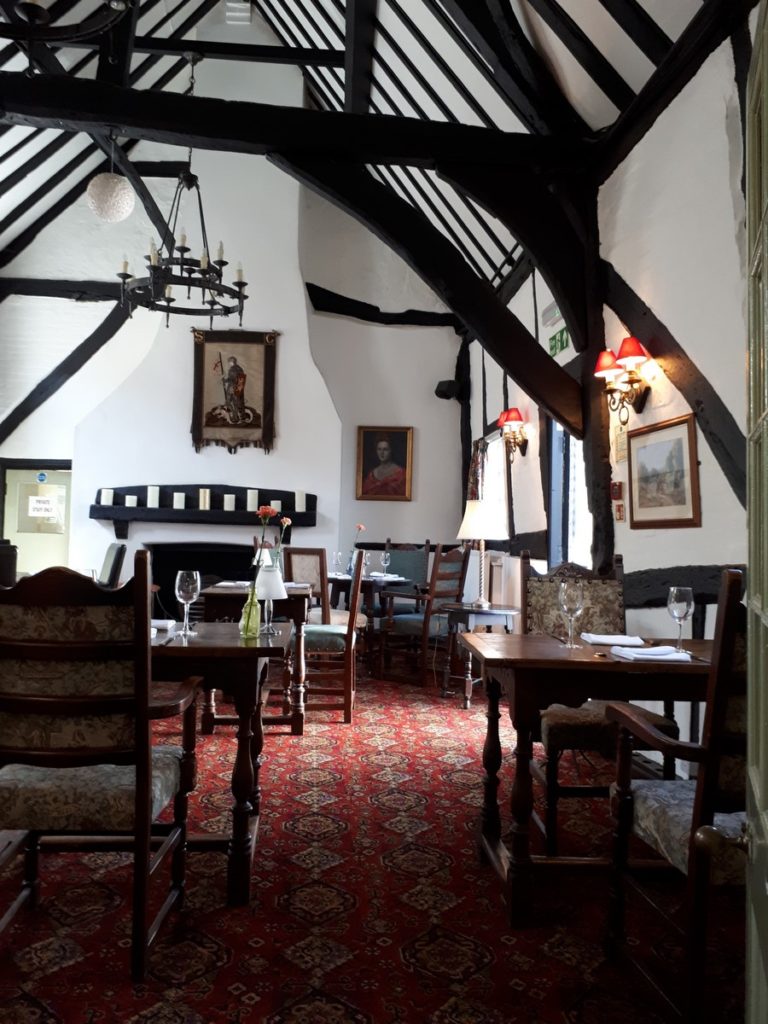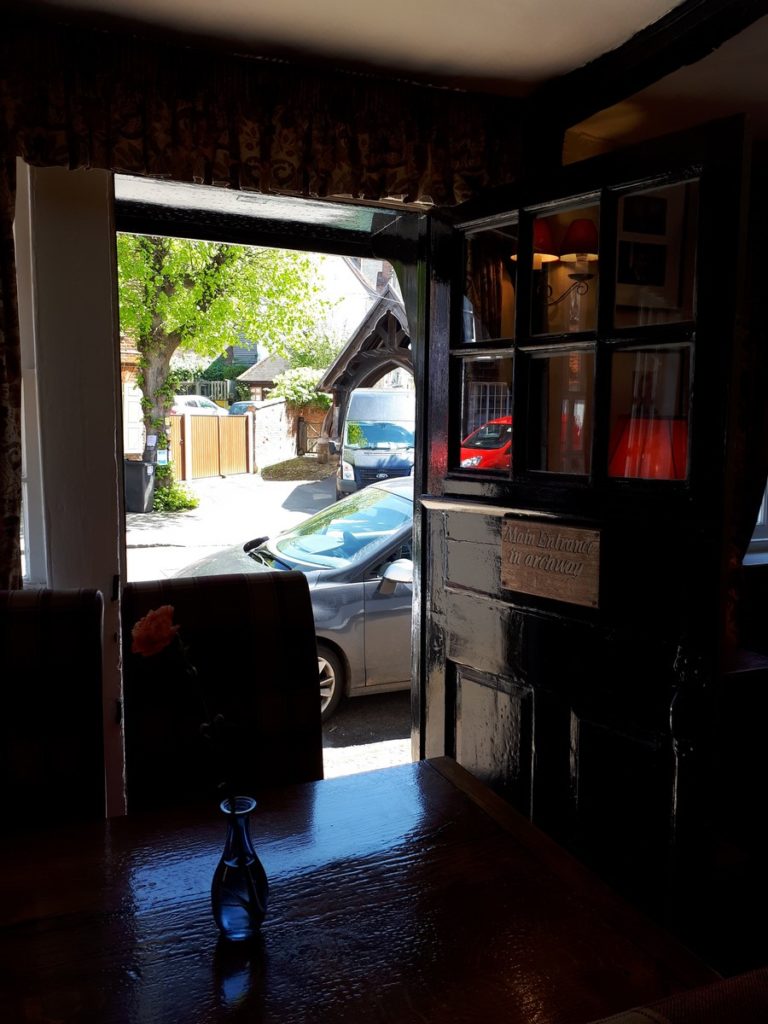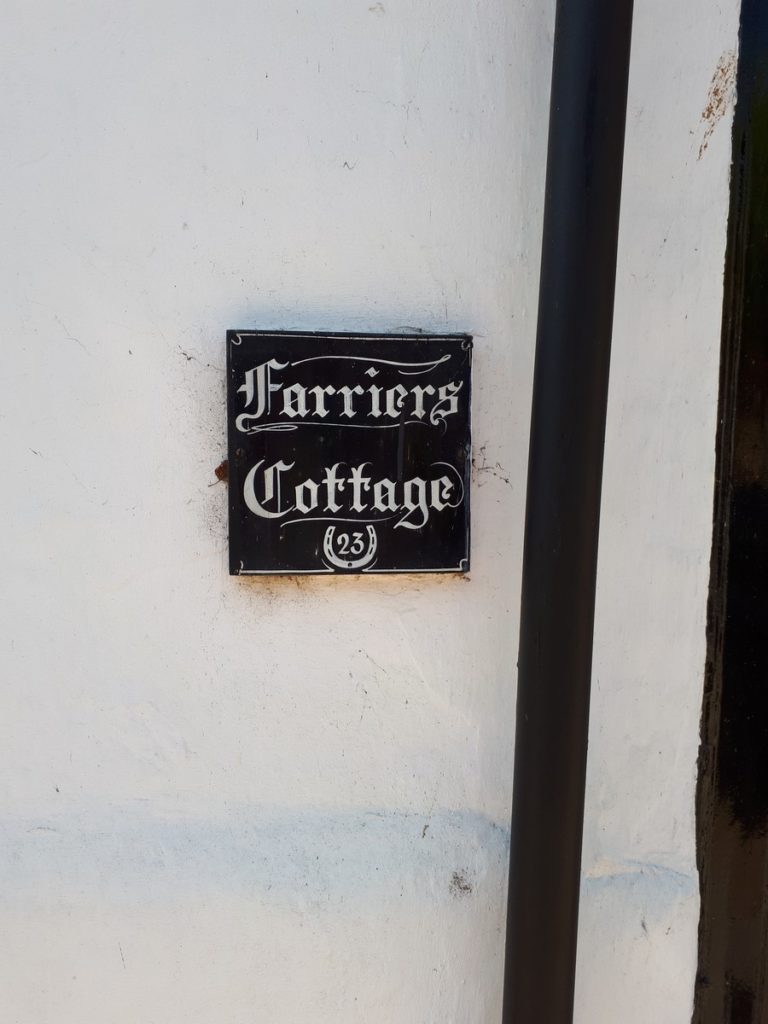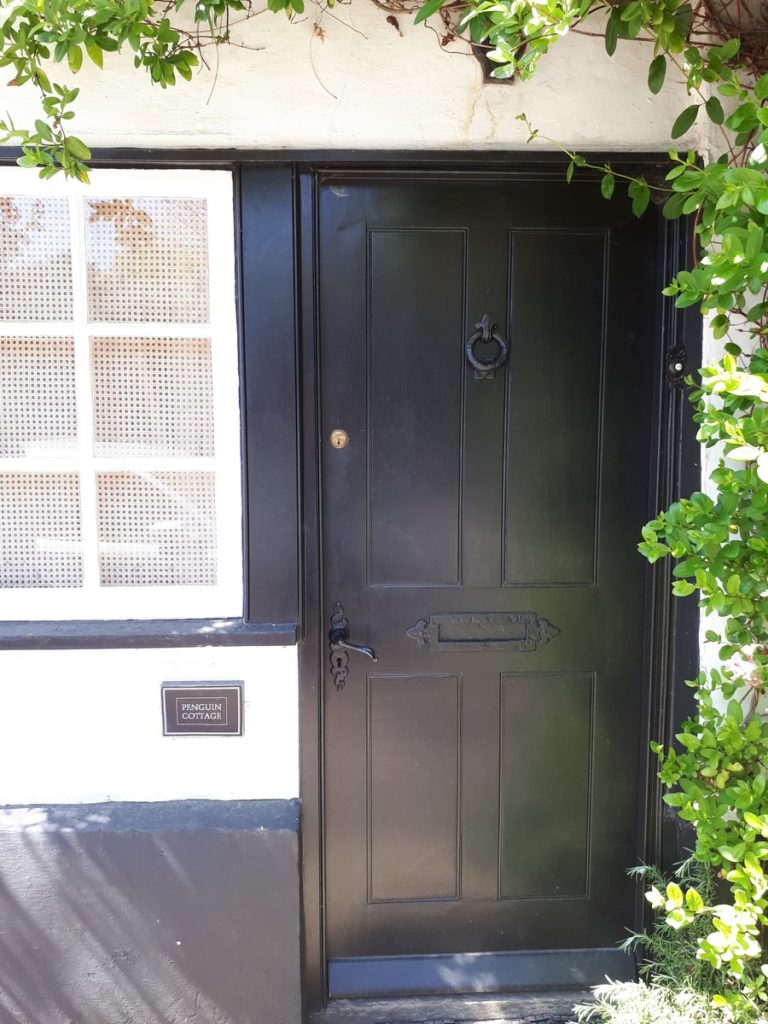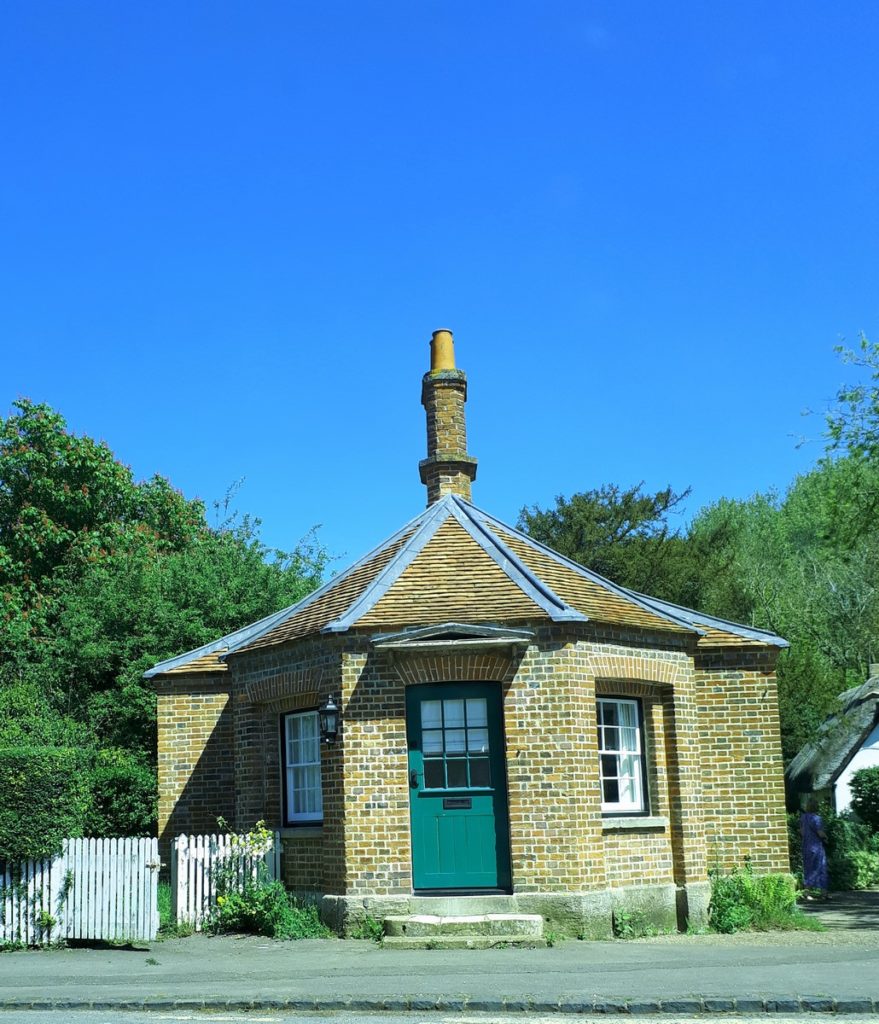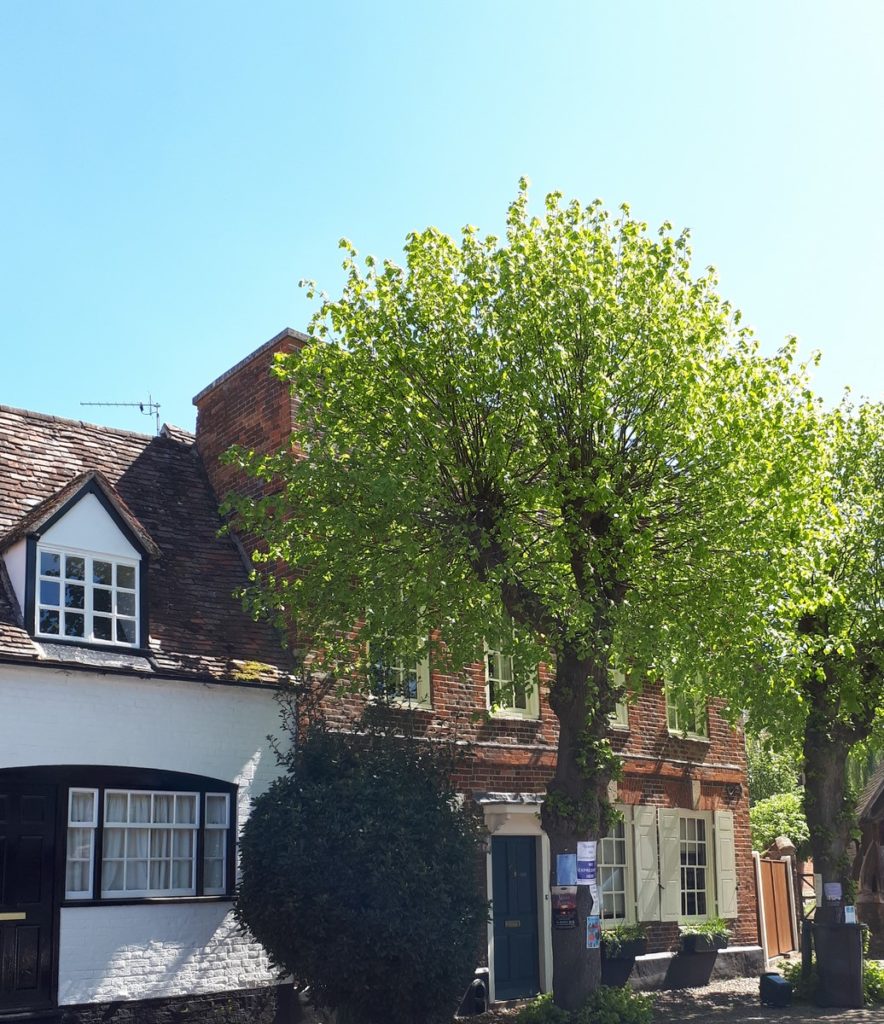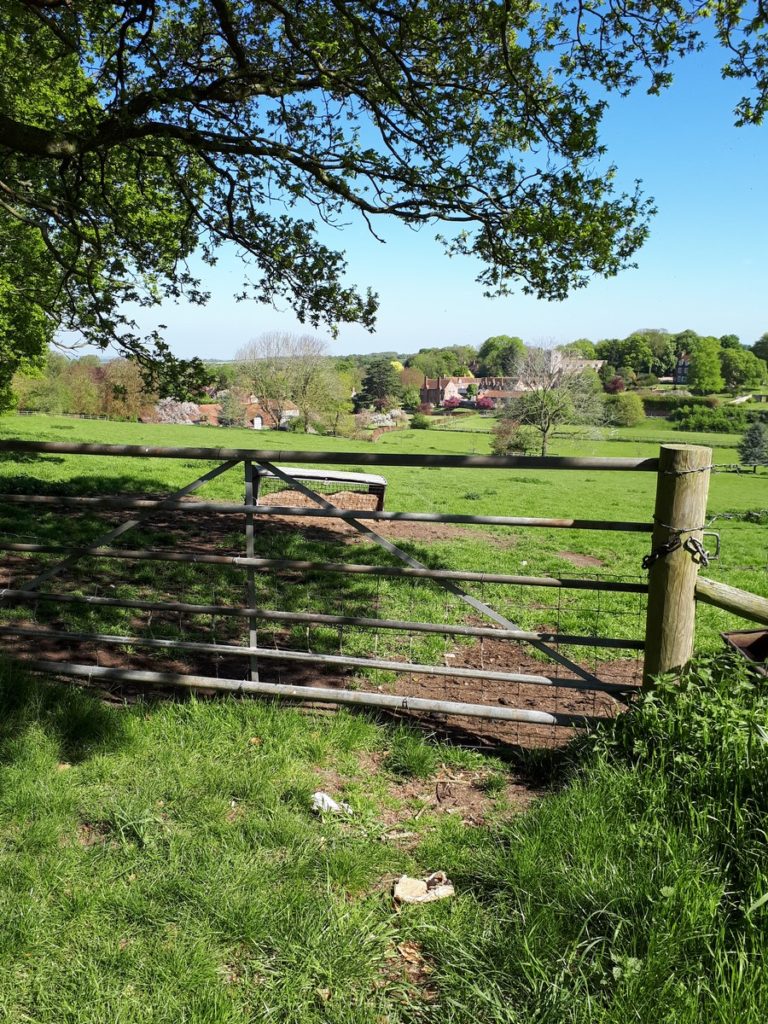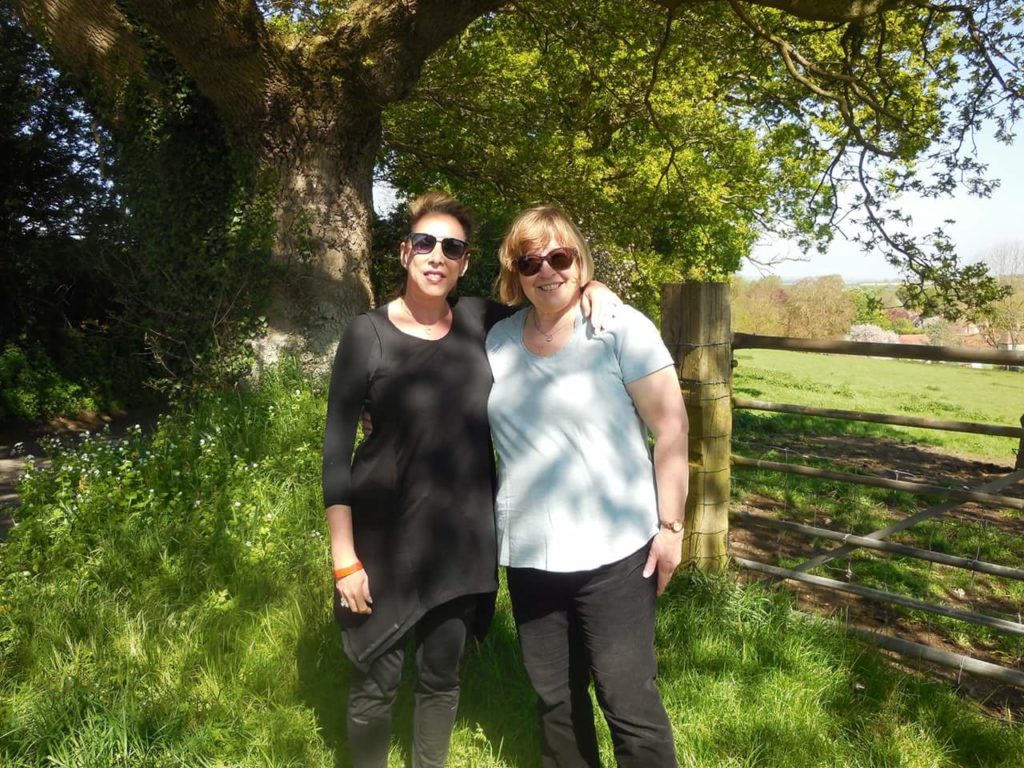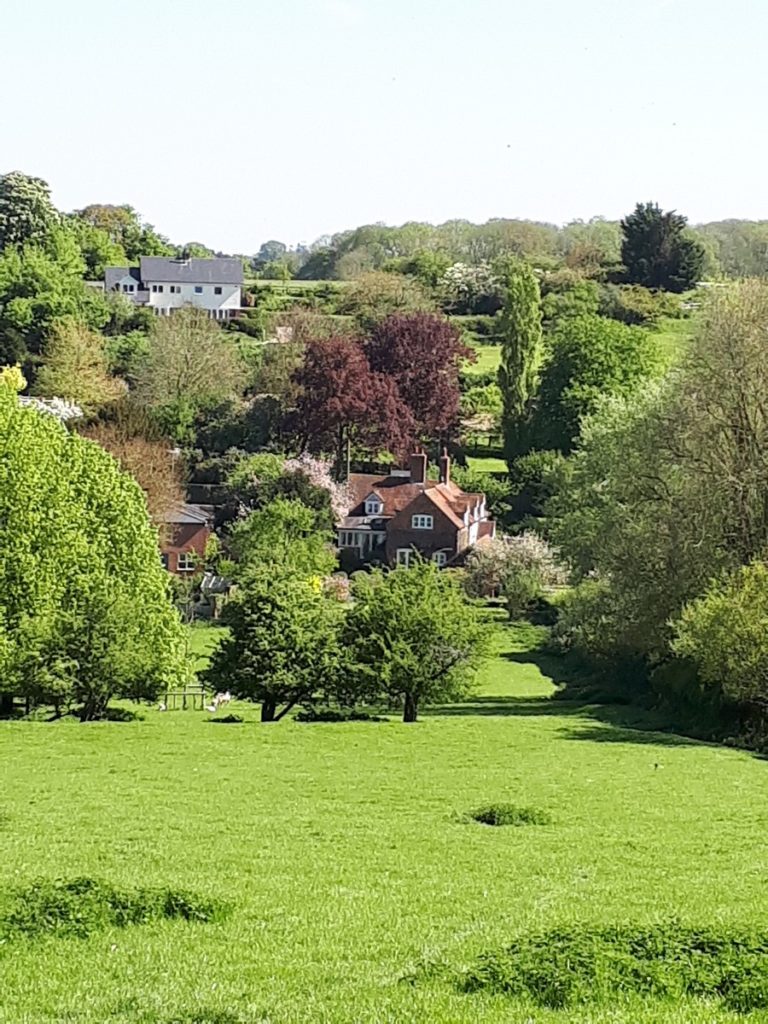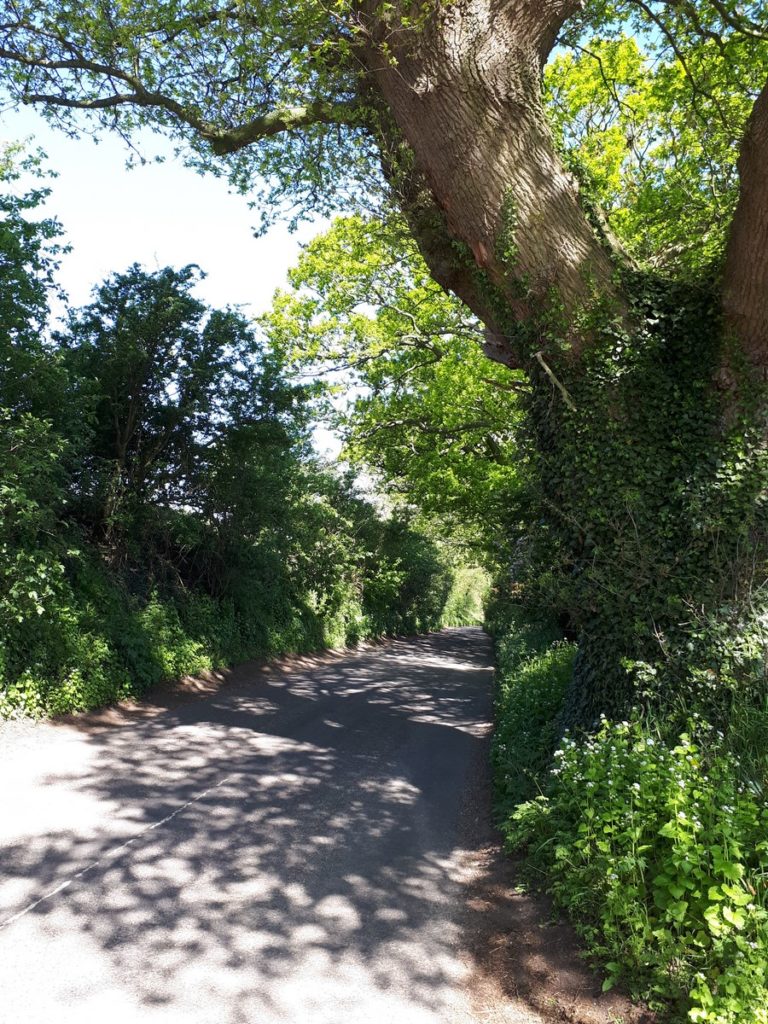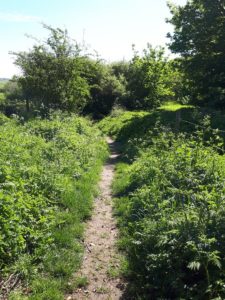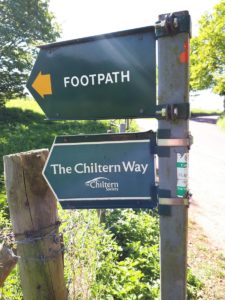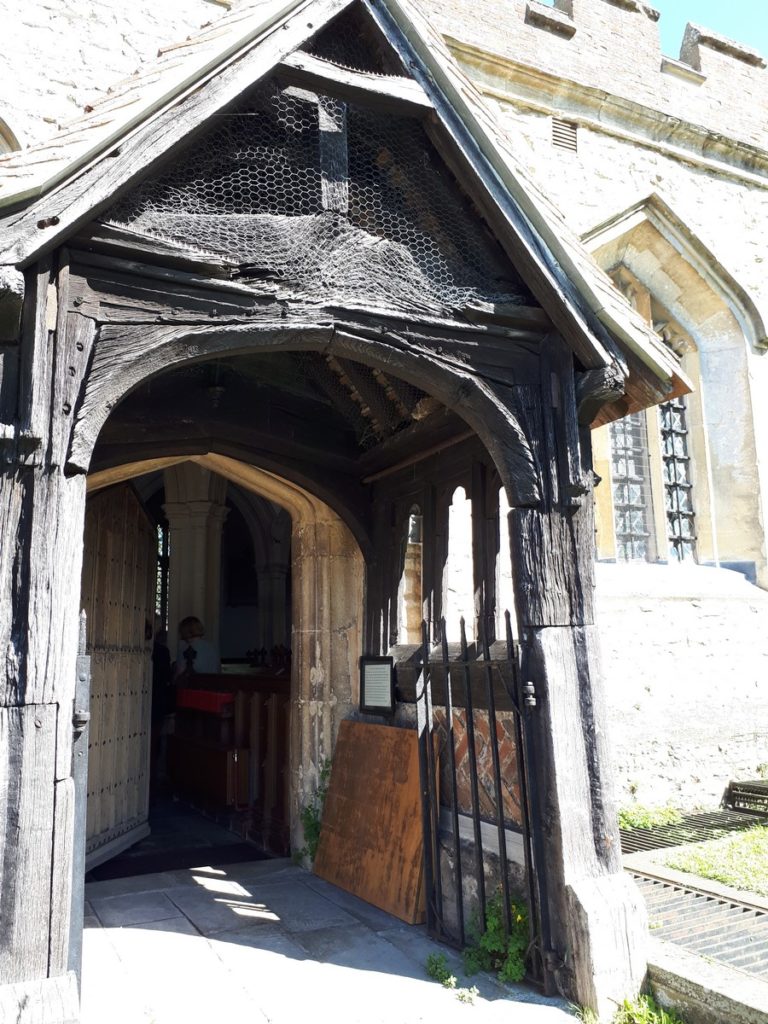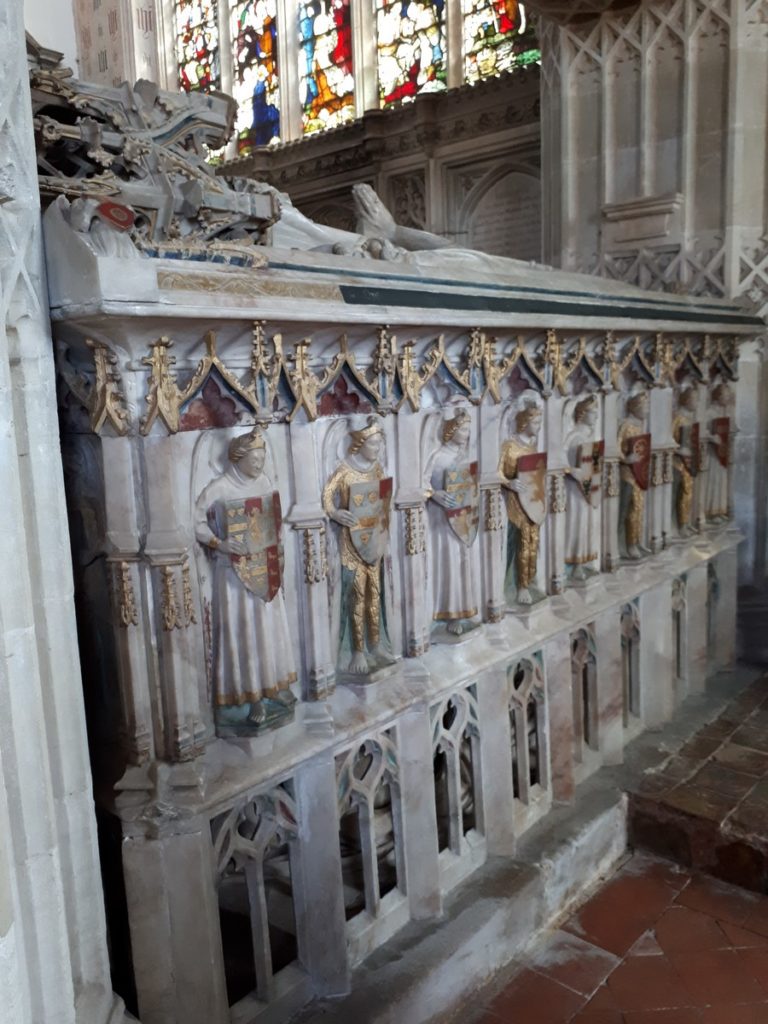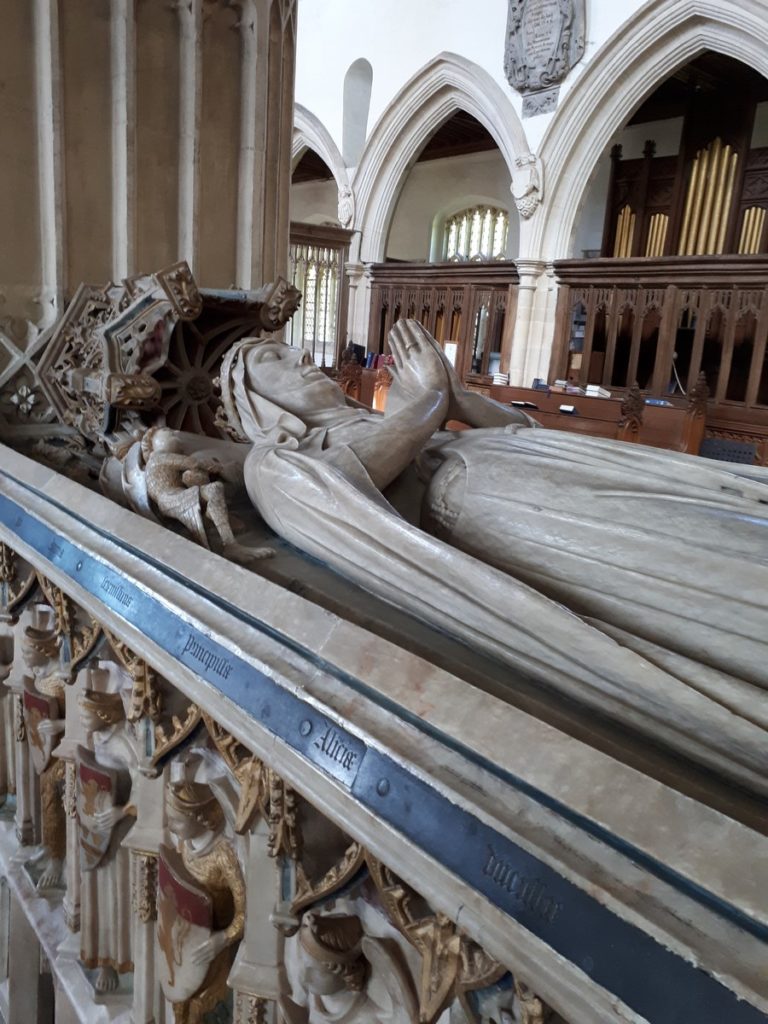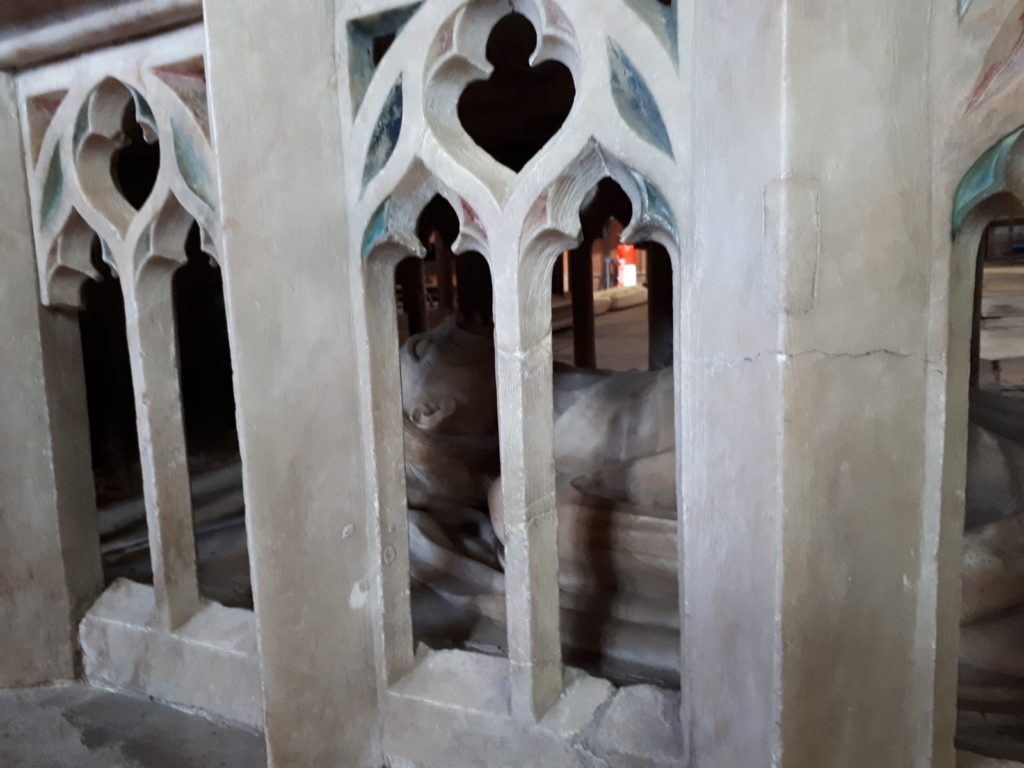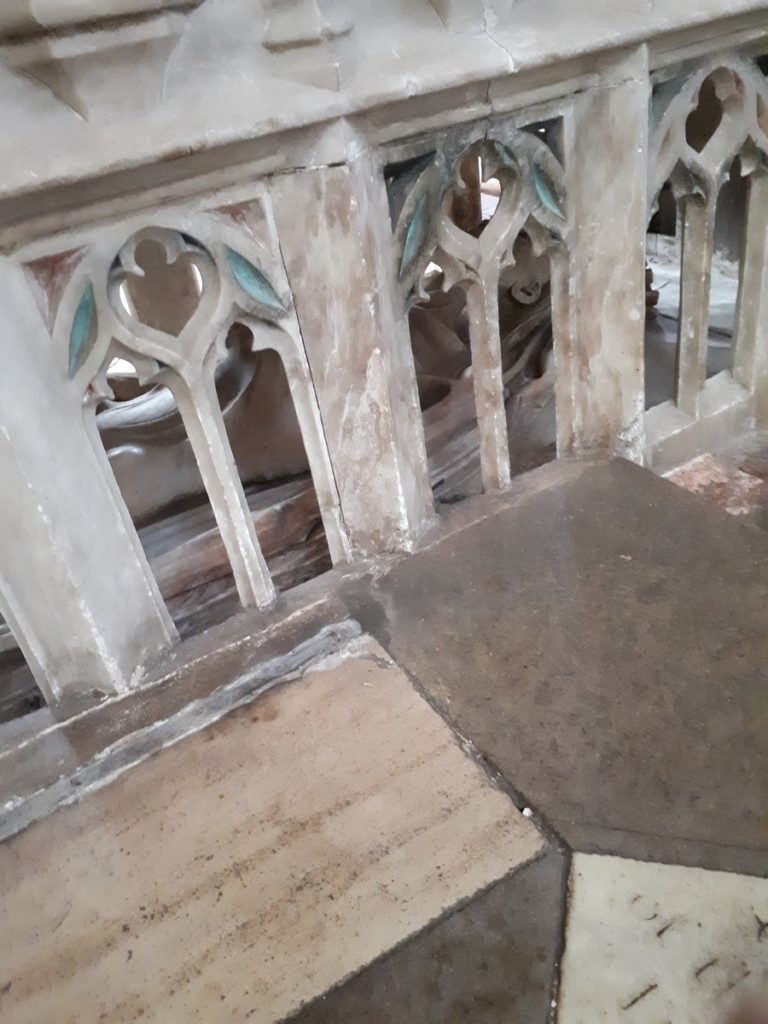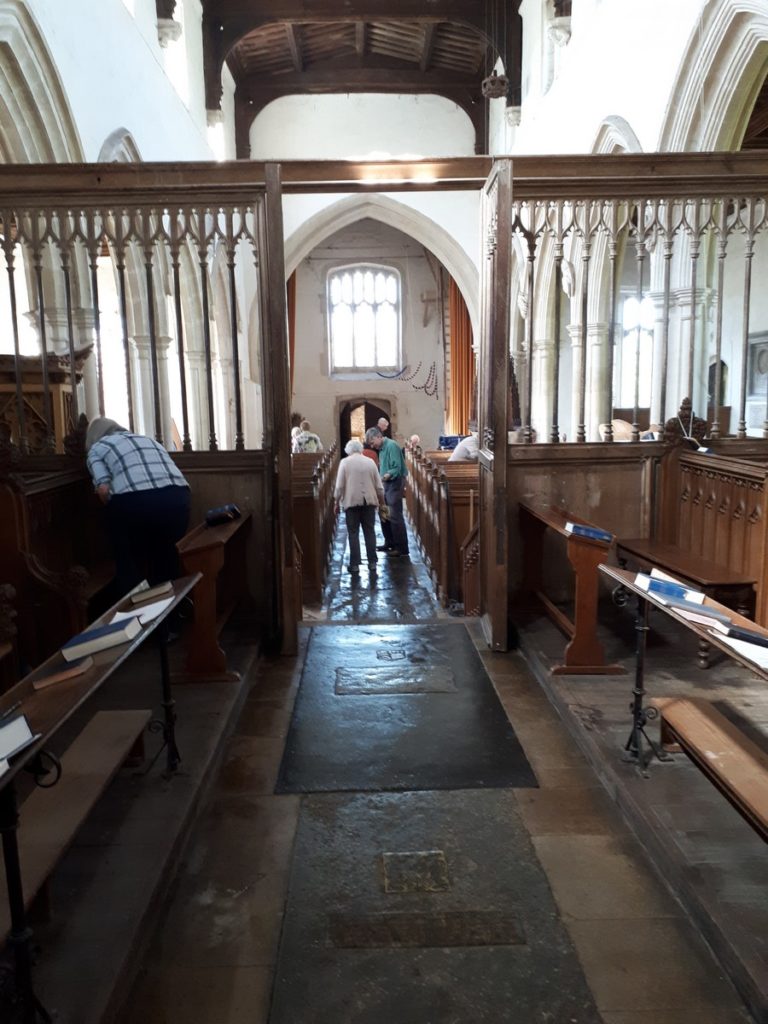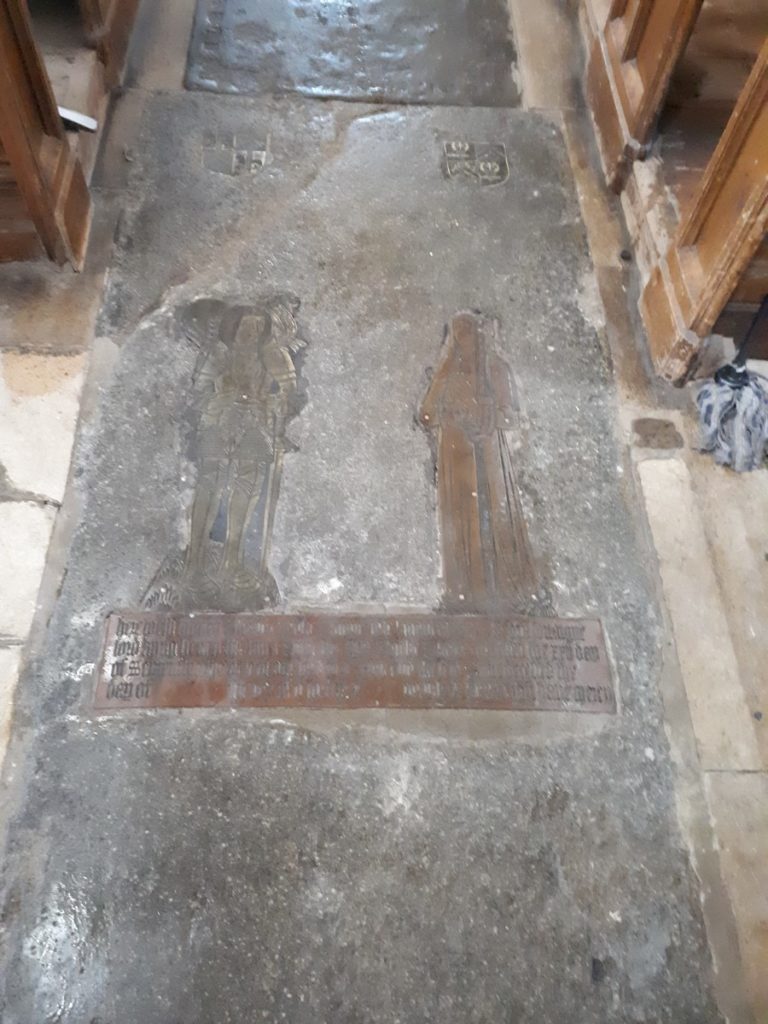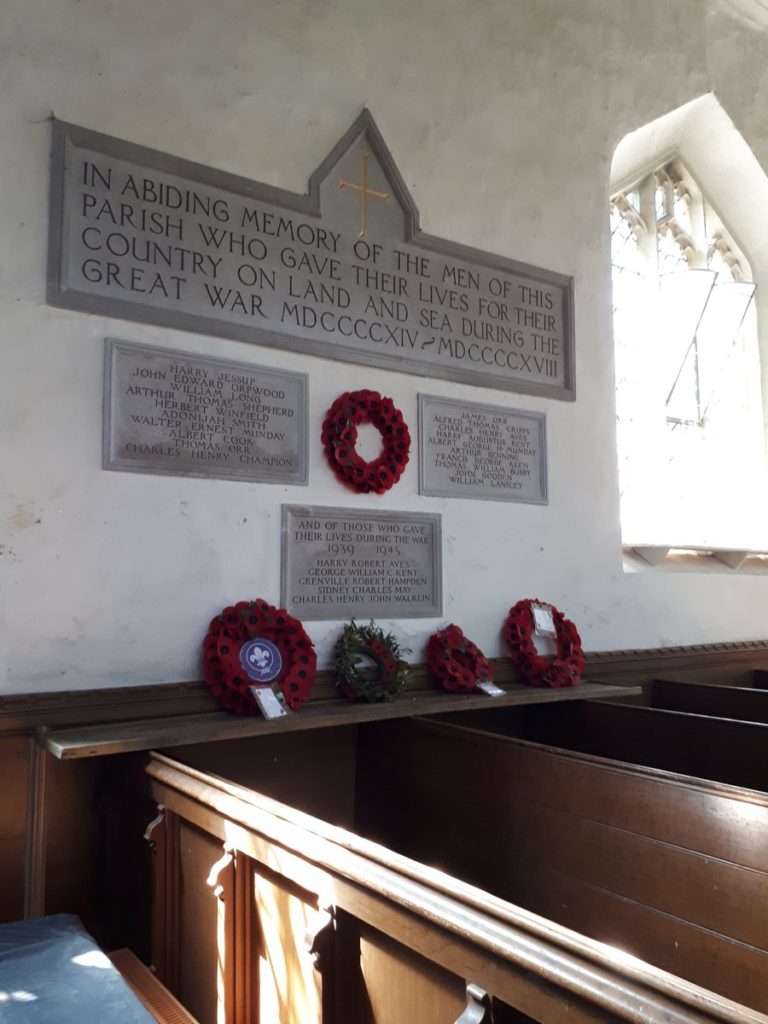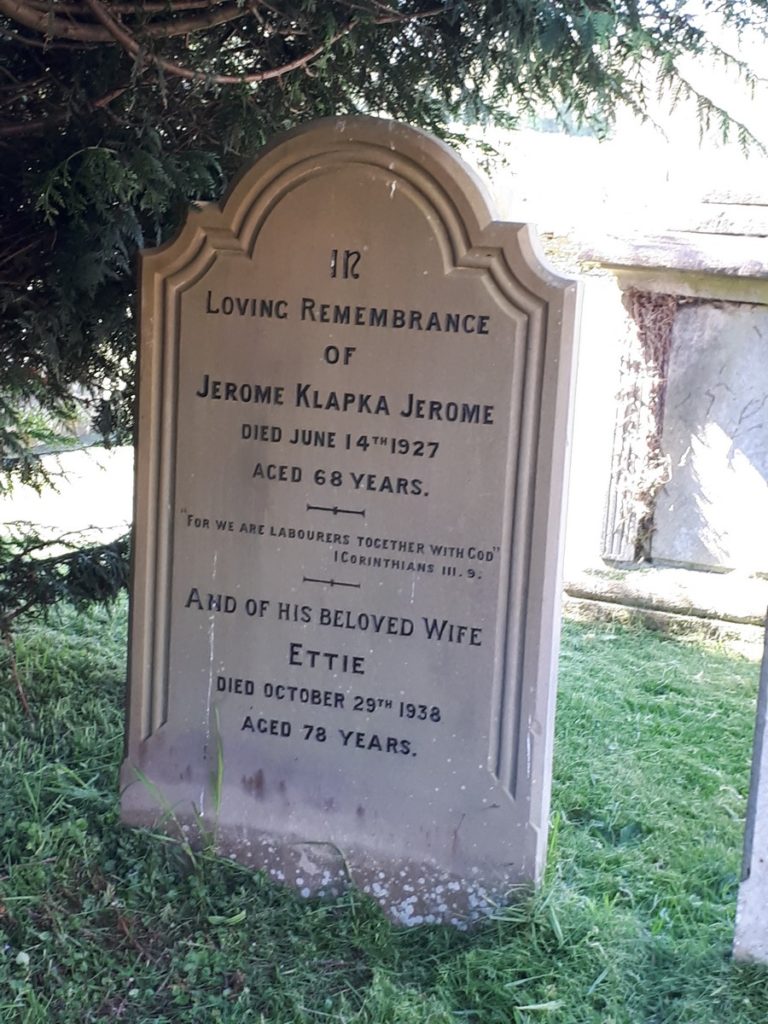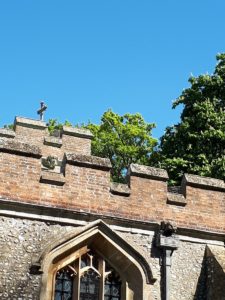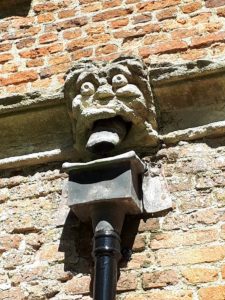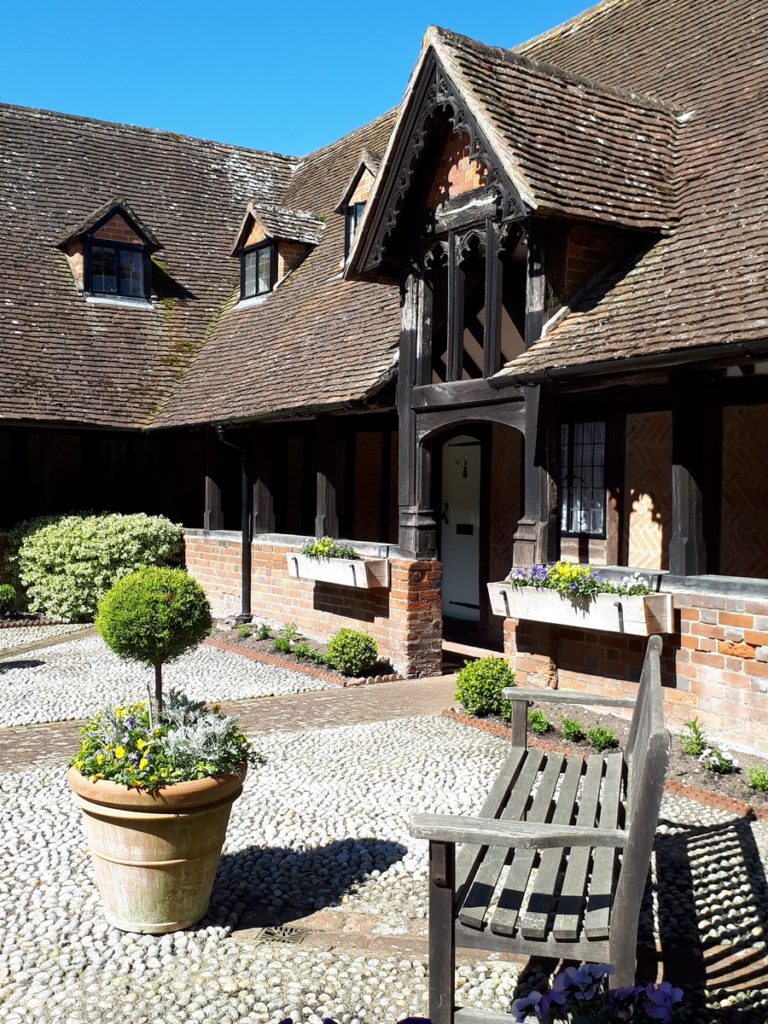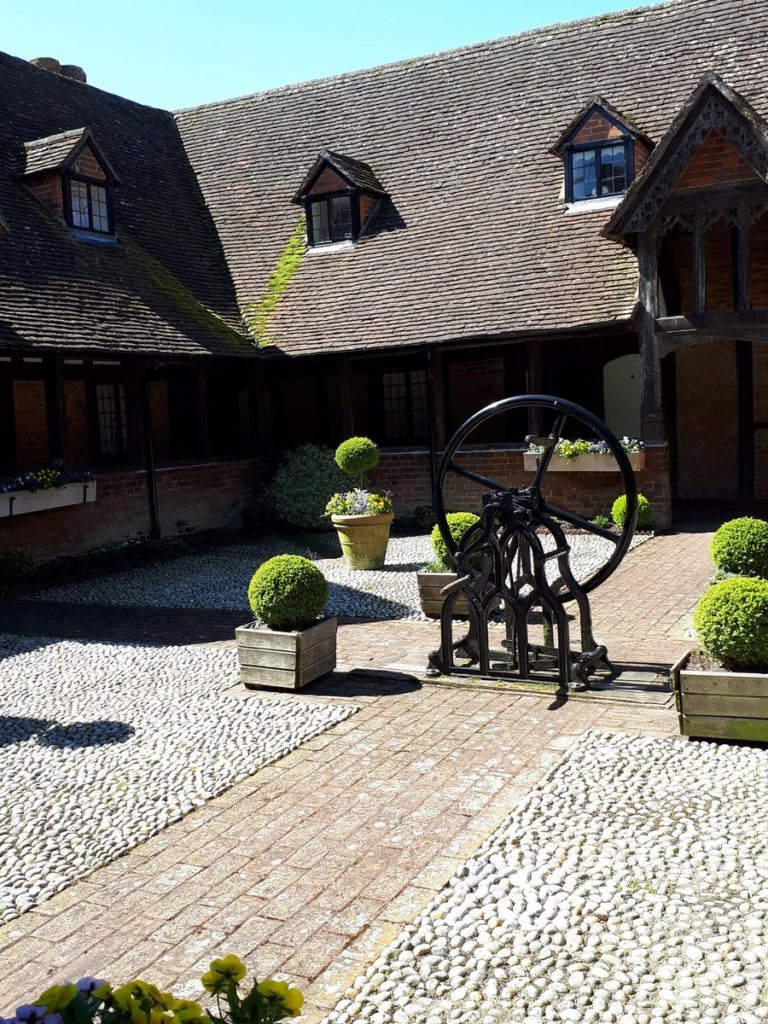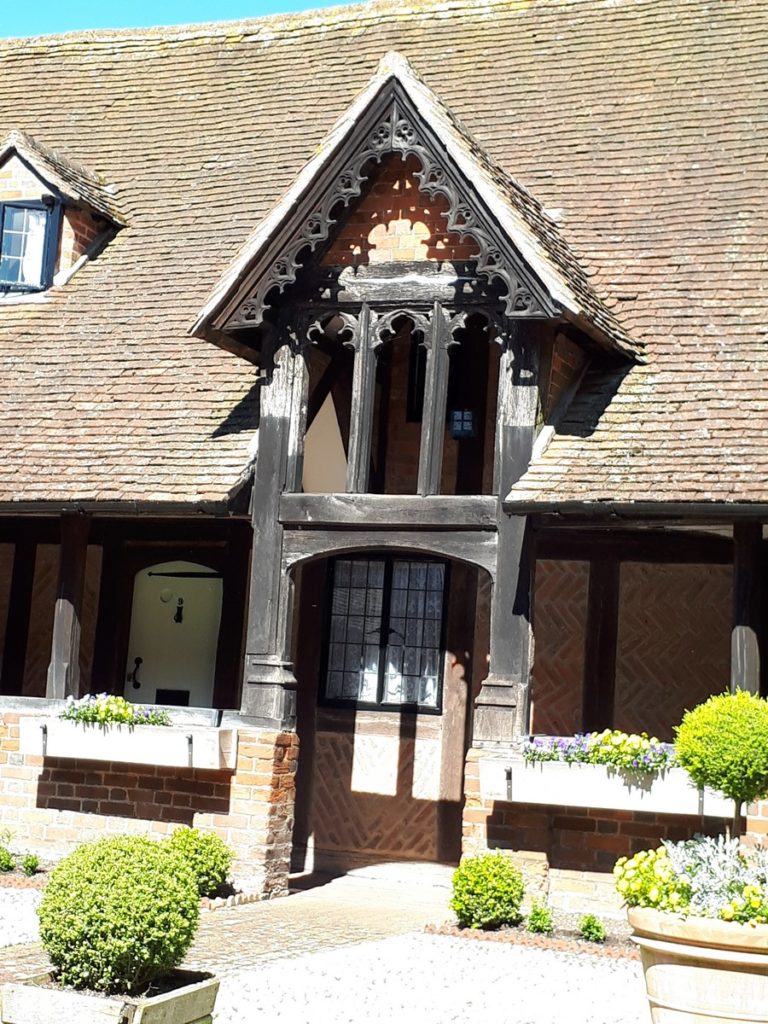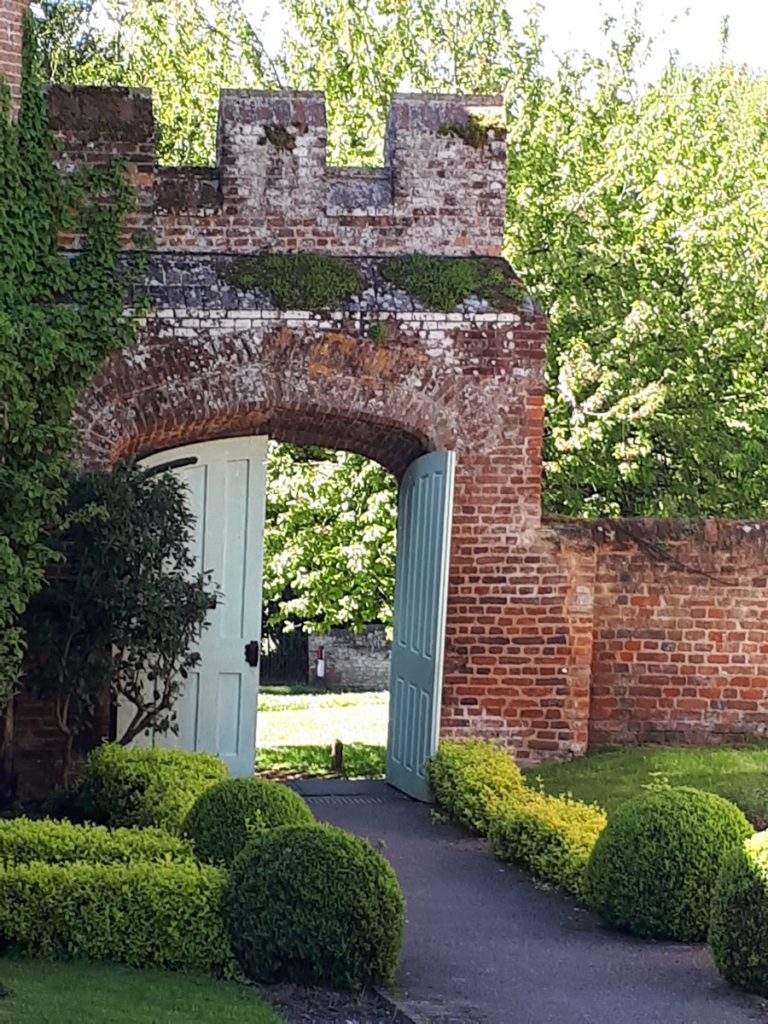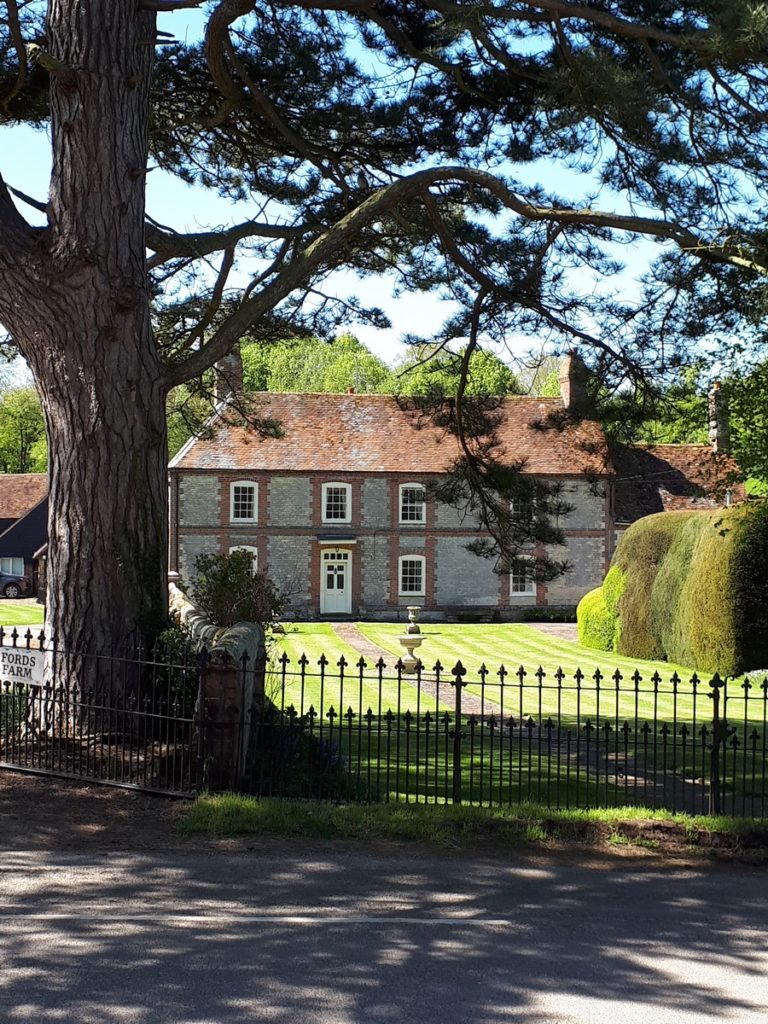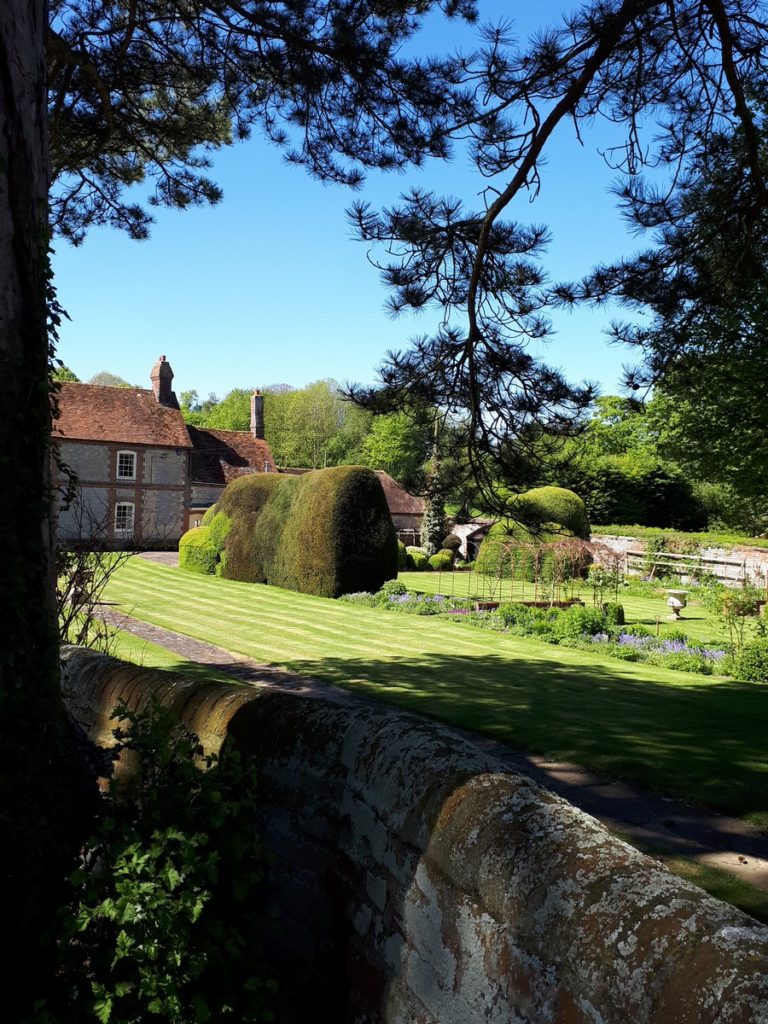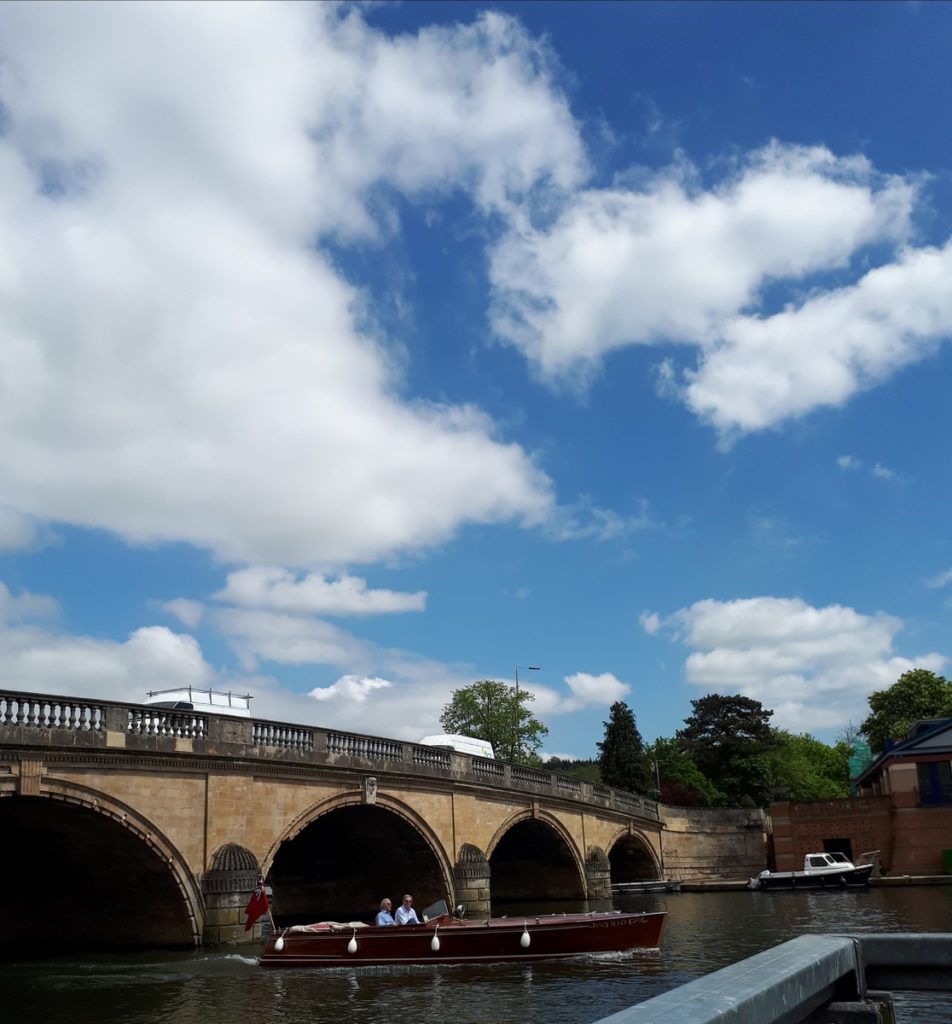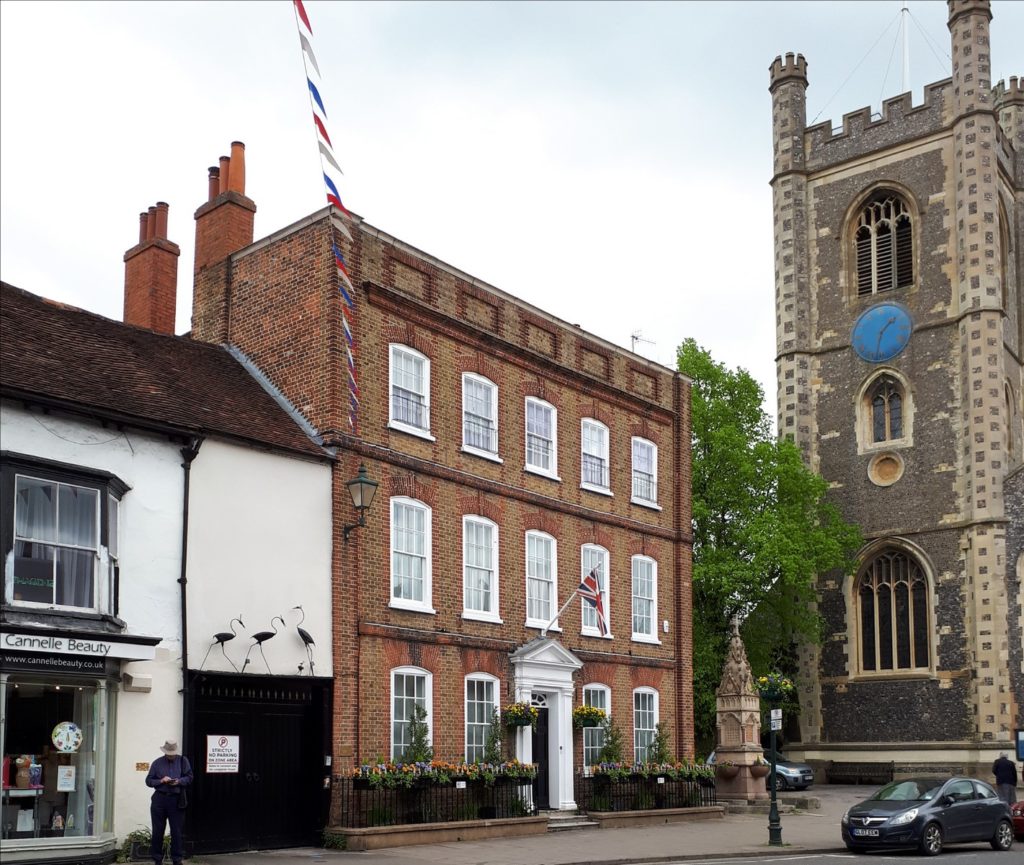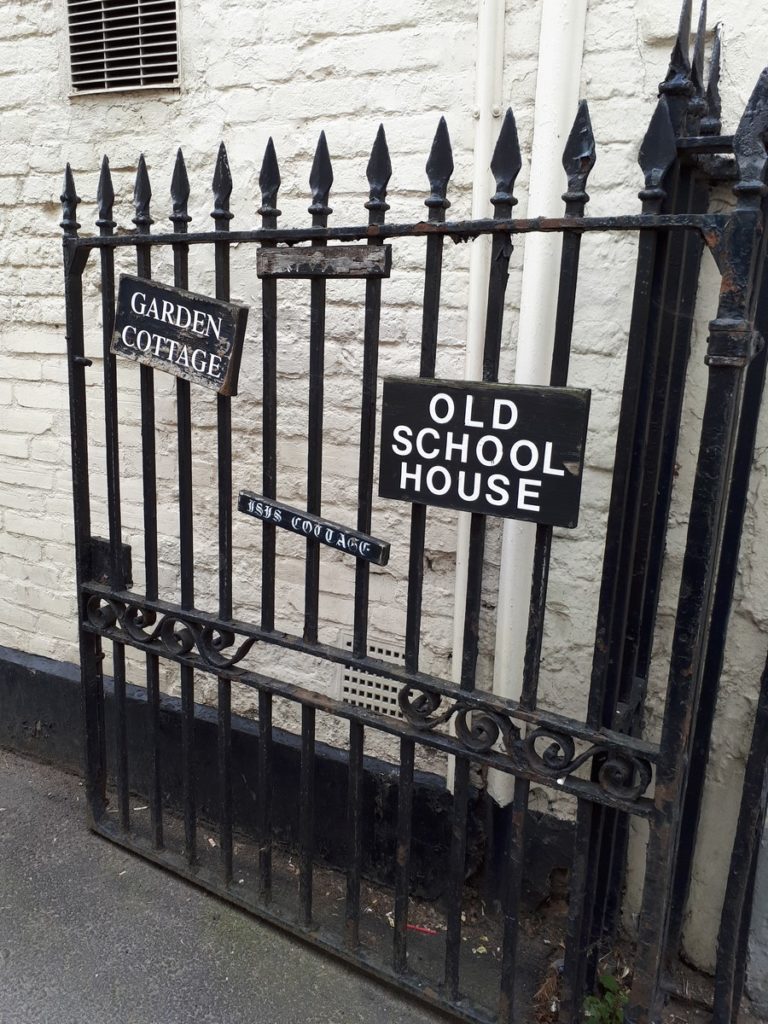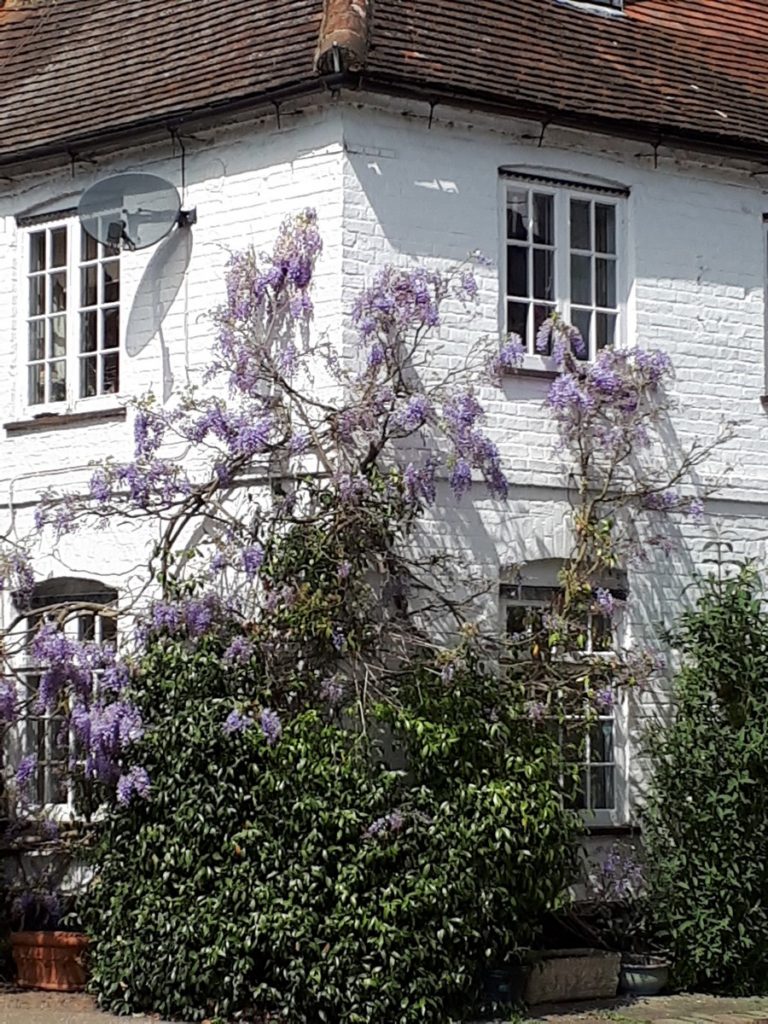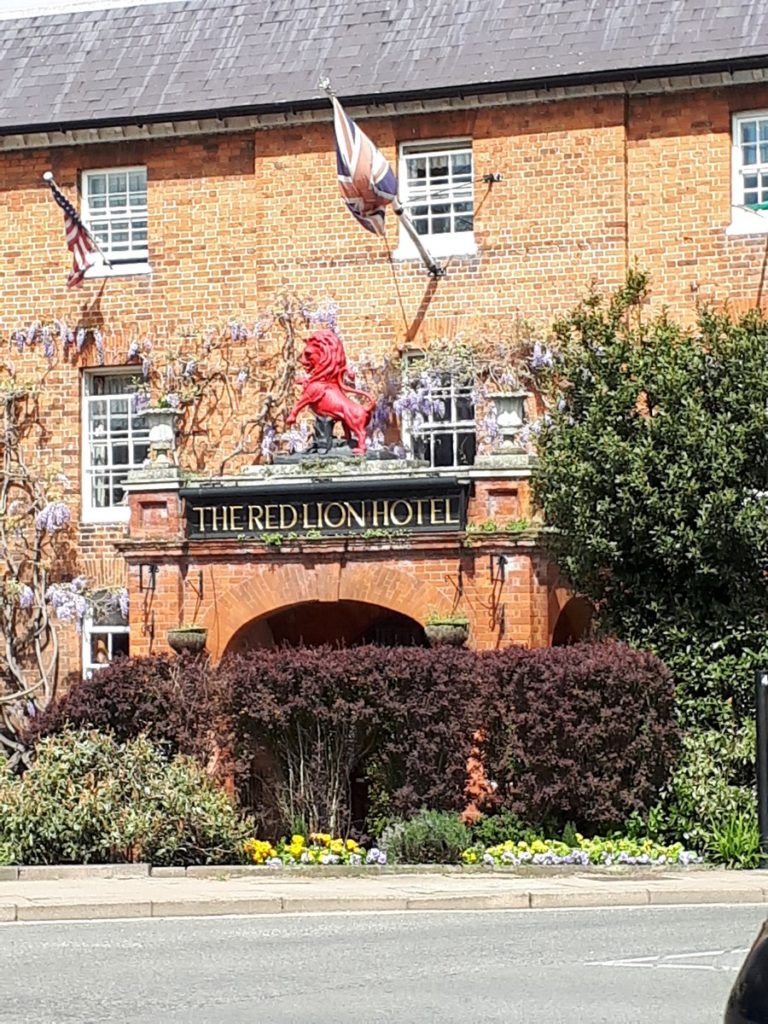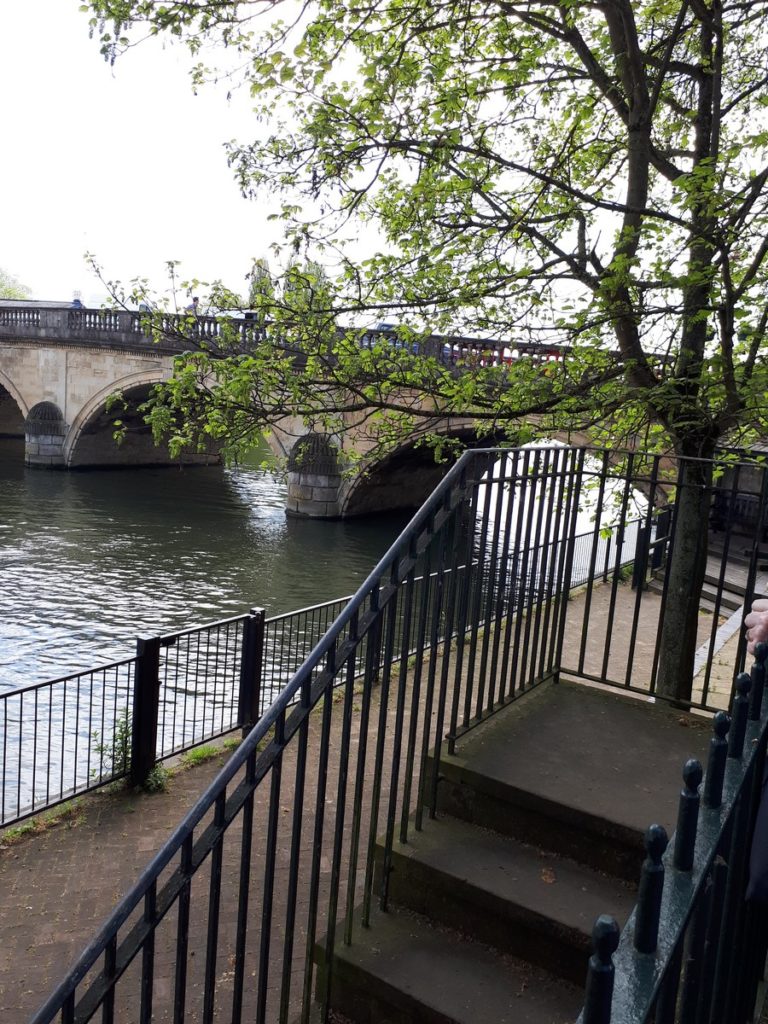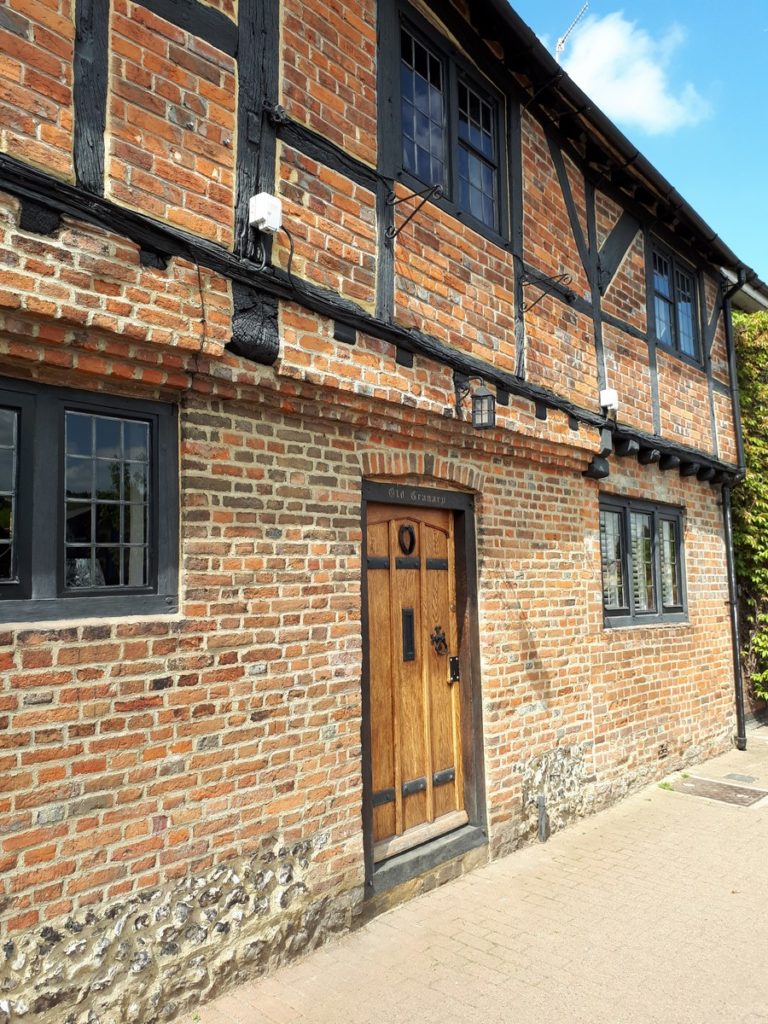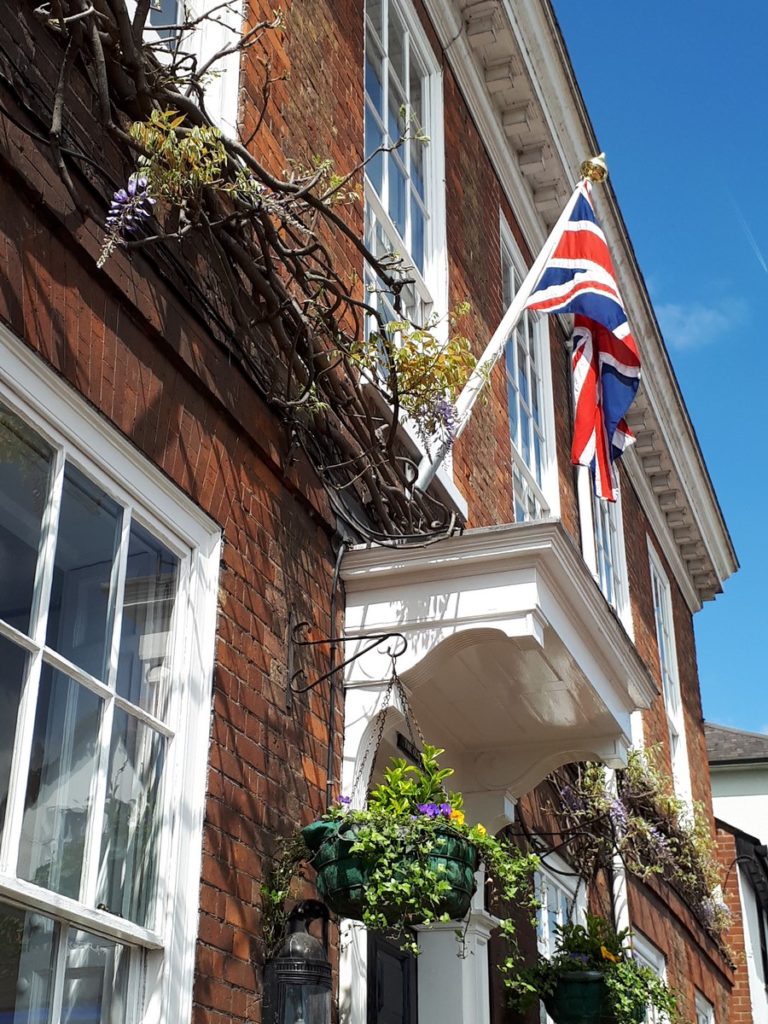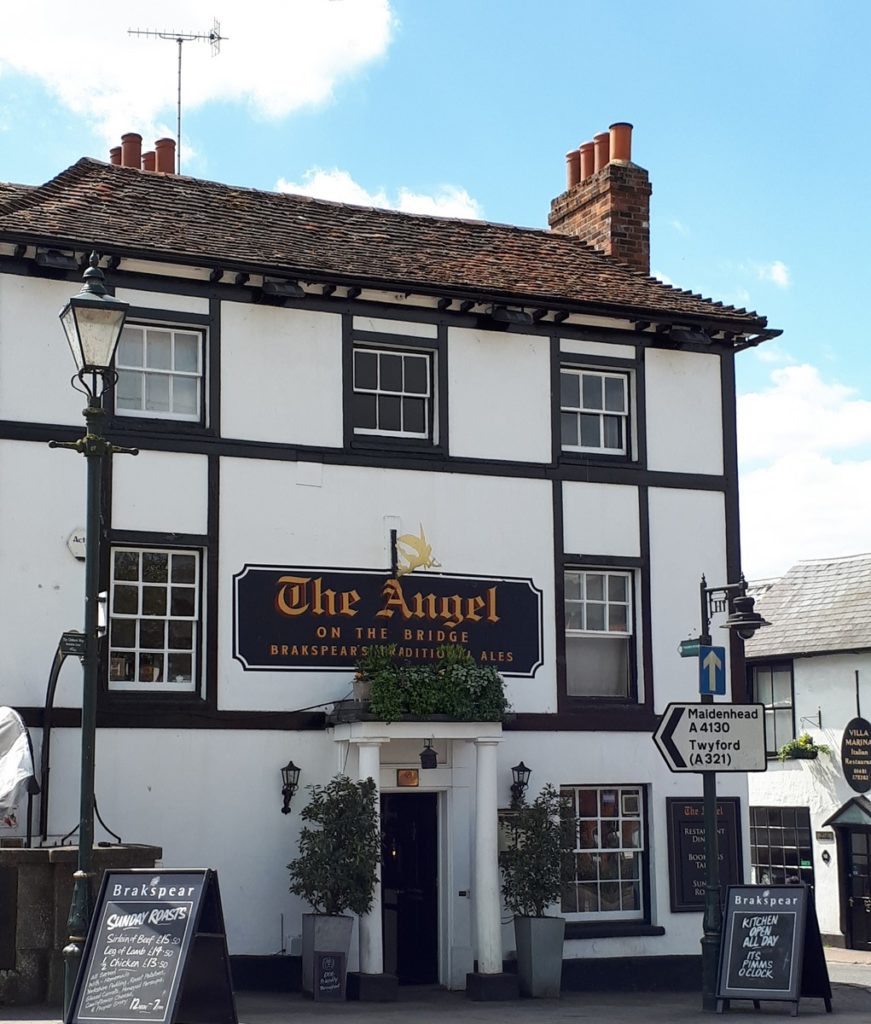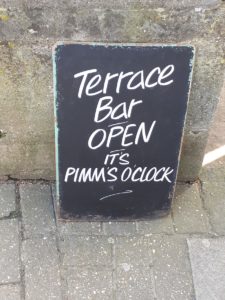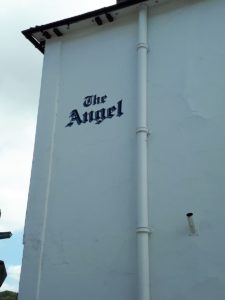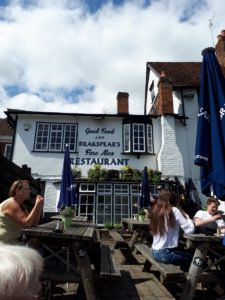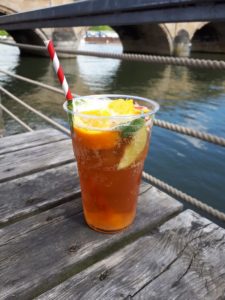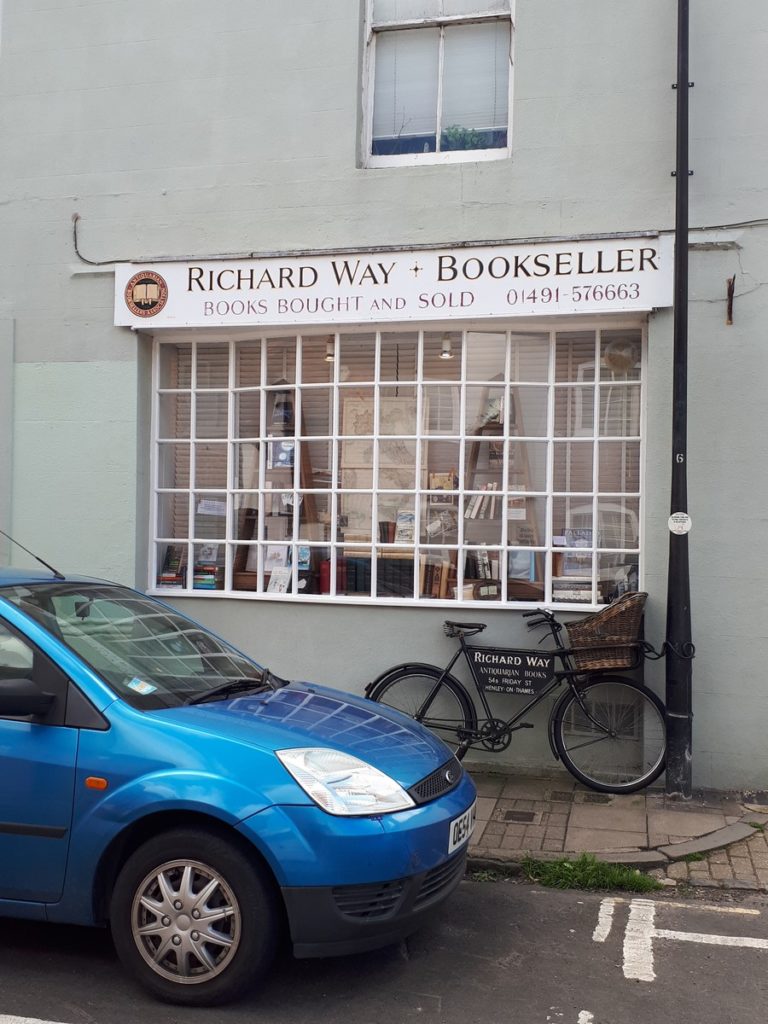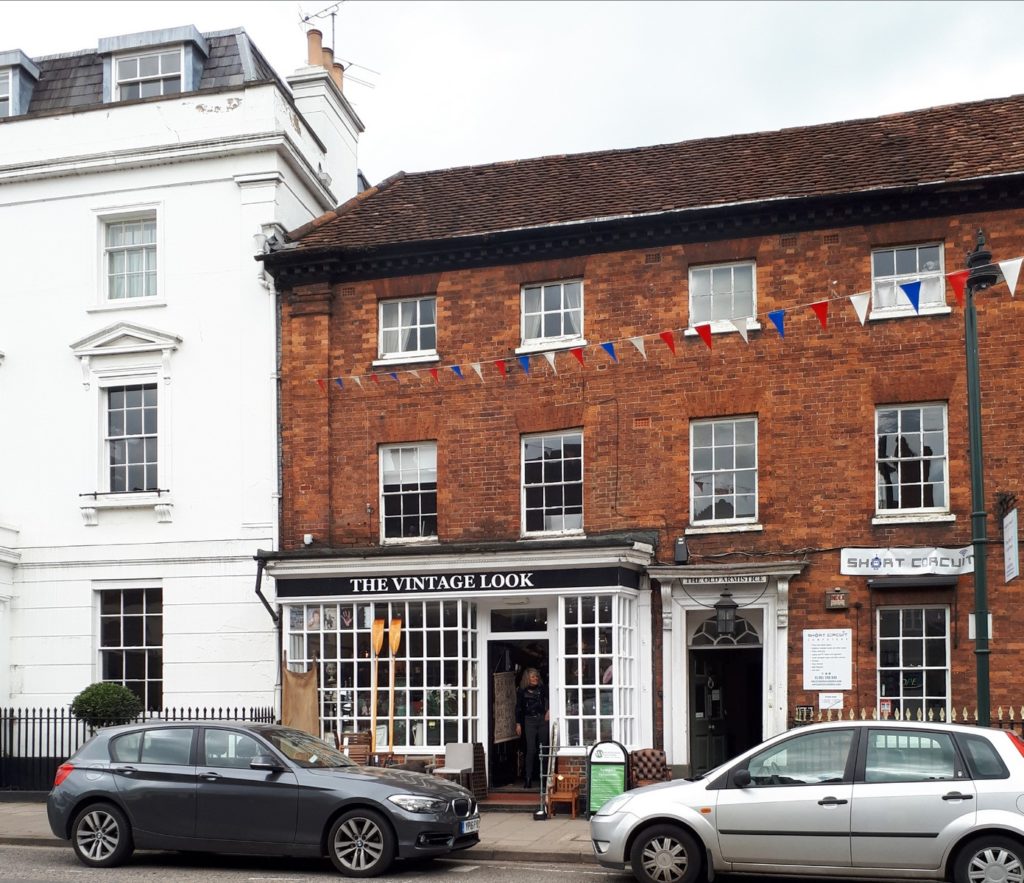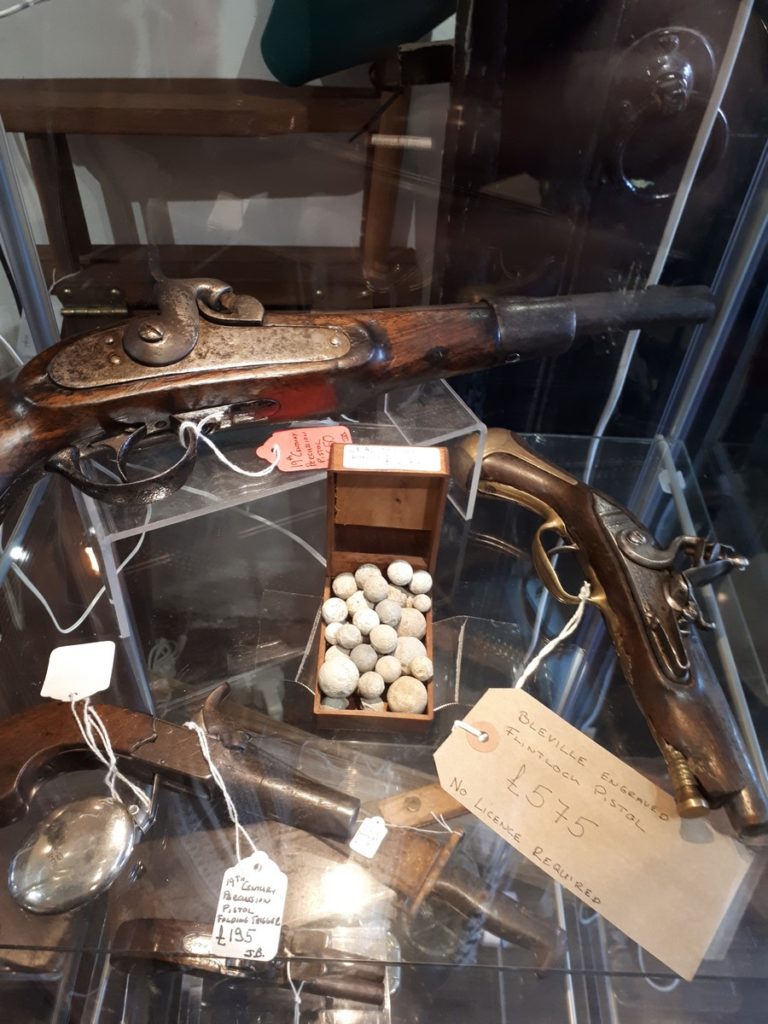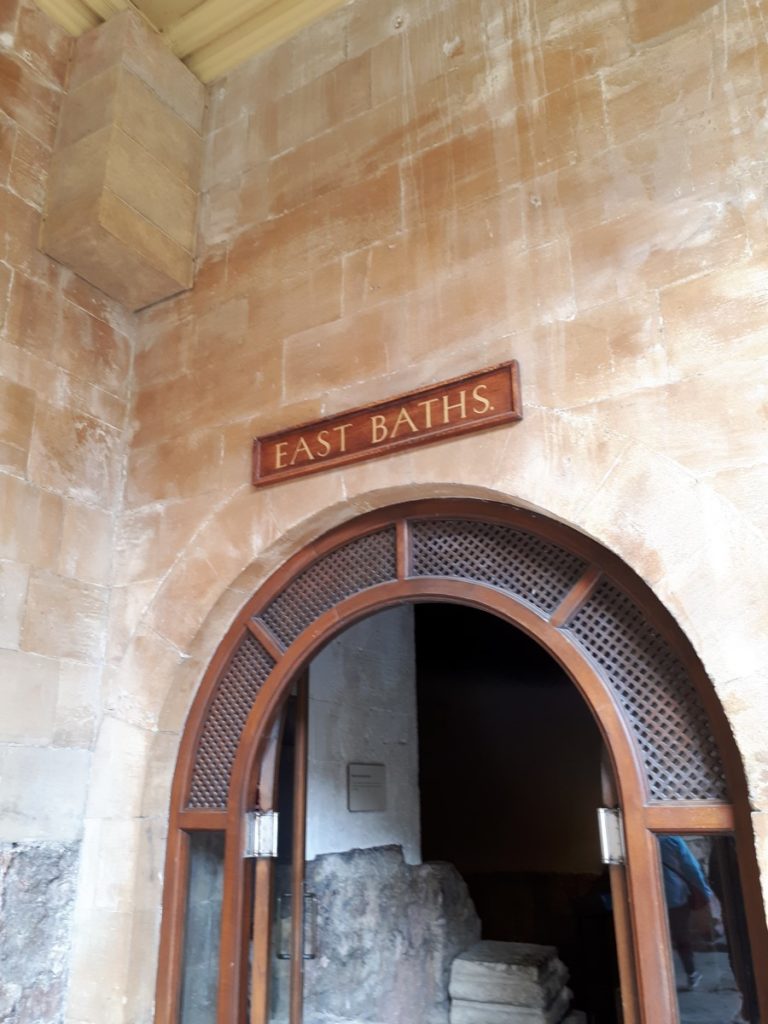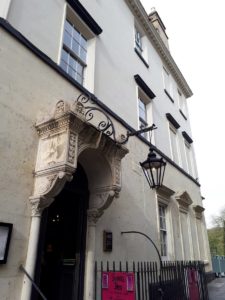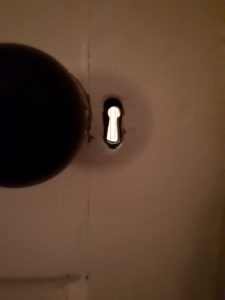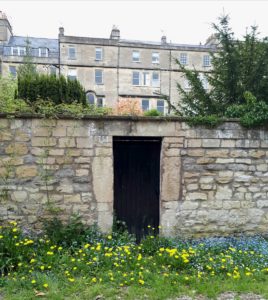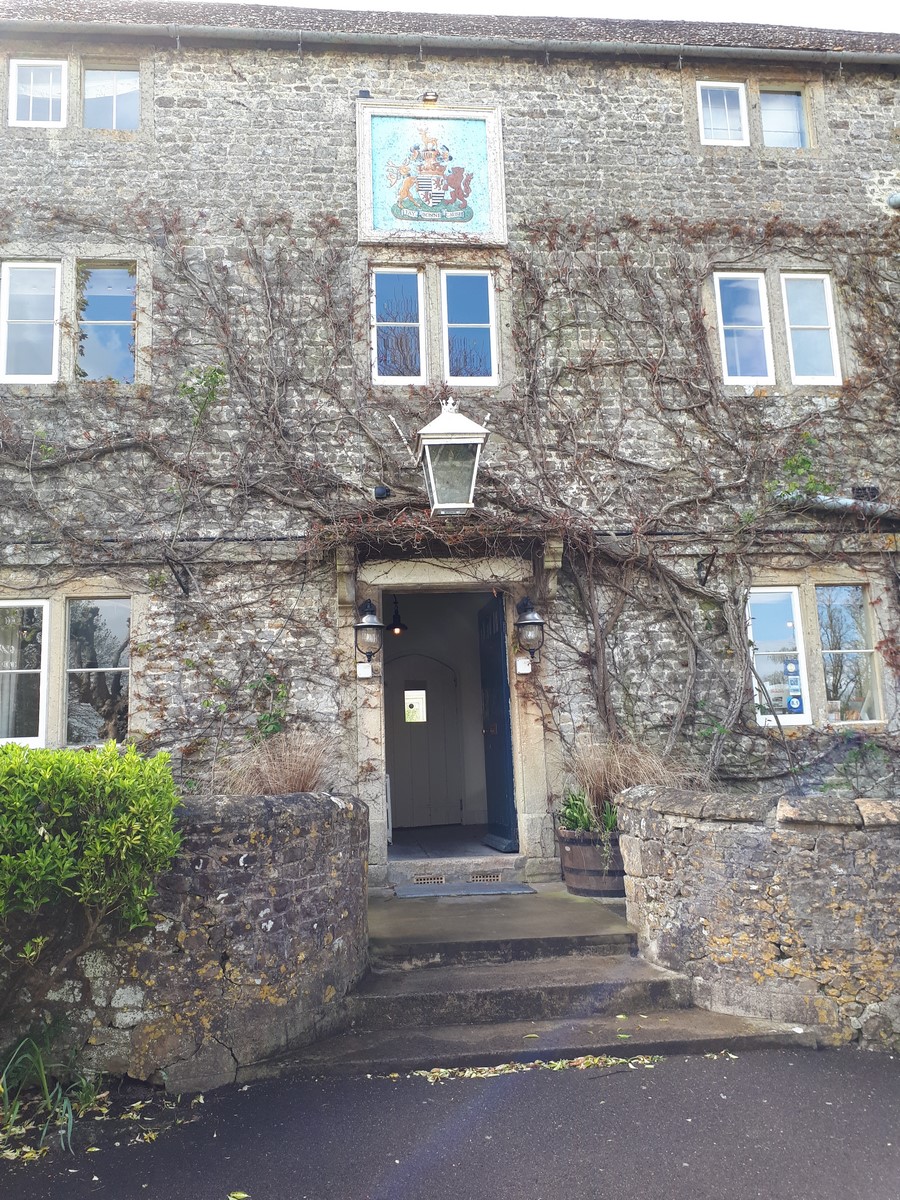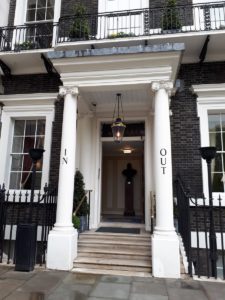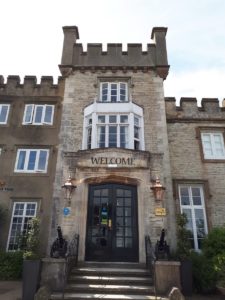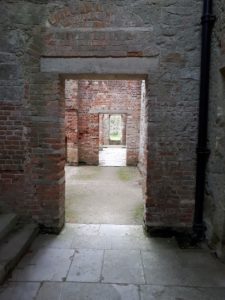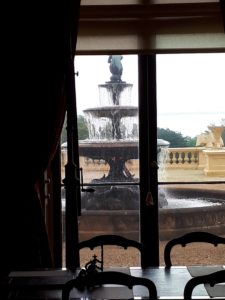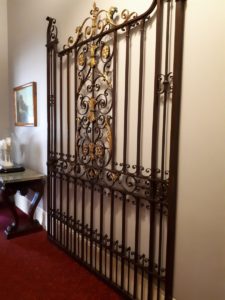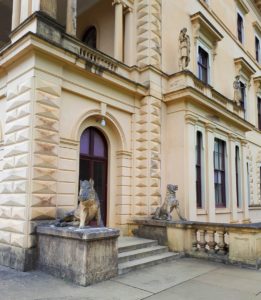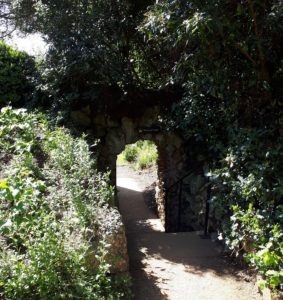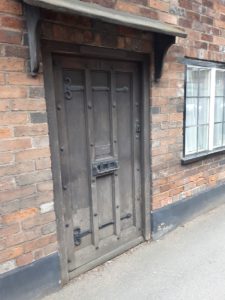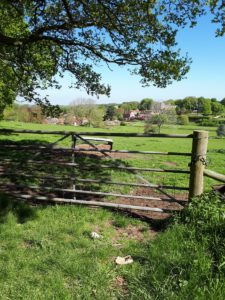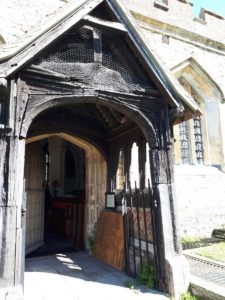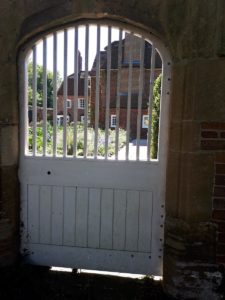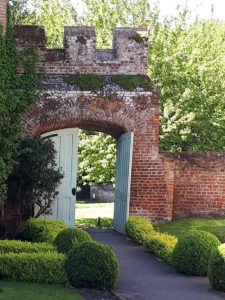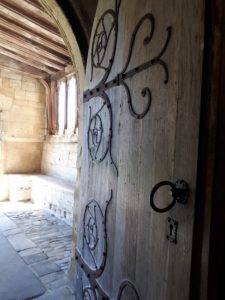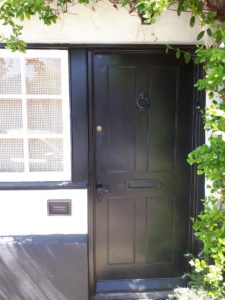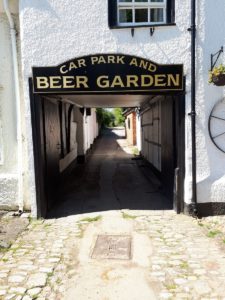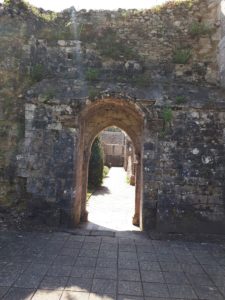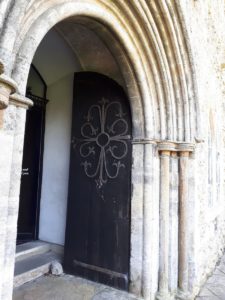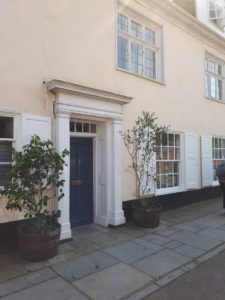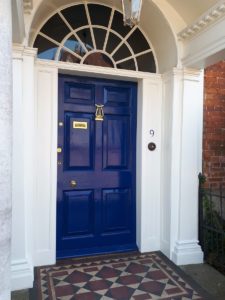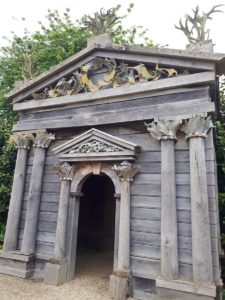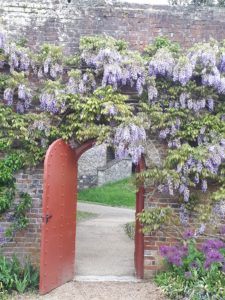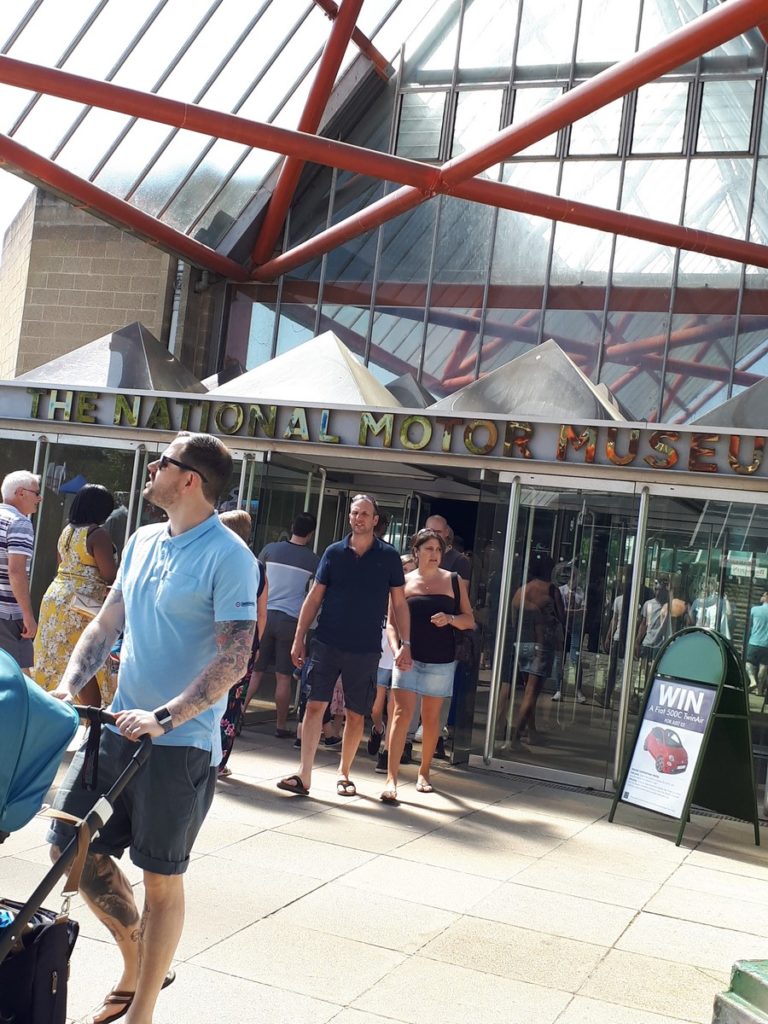
When Vicky and I visited Beaulieu in September, we were of course aware that the grounds also housed the National Motor Museum, but we were unprepared for the crowds of people who had turned out for a special, televised event that particular day.


Never having planned on visiting the Motor Museum anyway, Vicky and I hurried through the crowds and headed for the gardens and the Abbey.
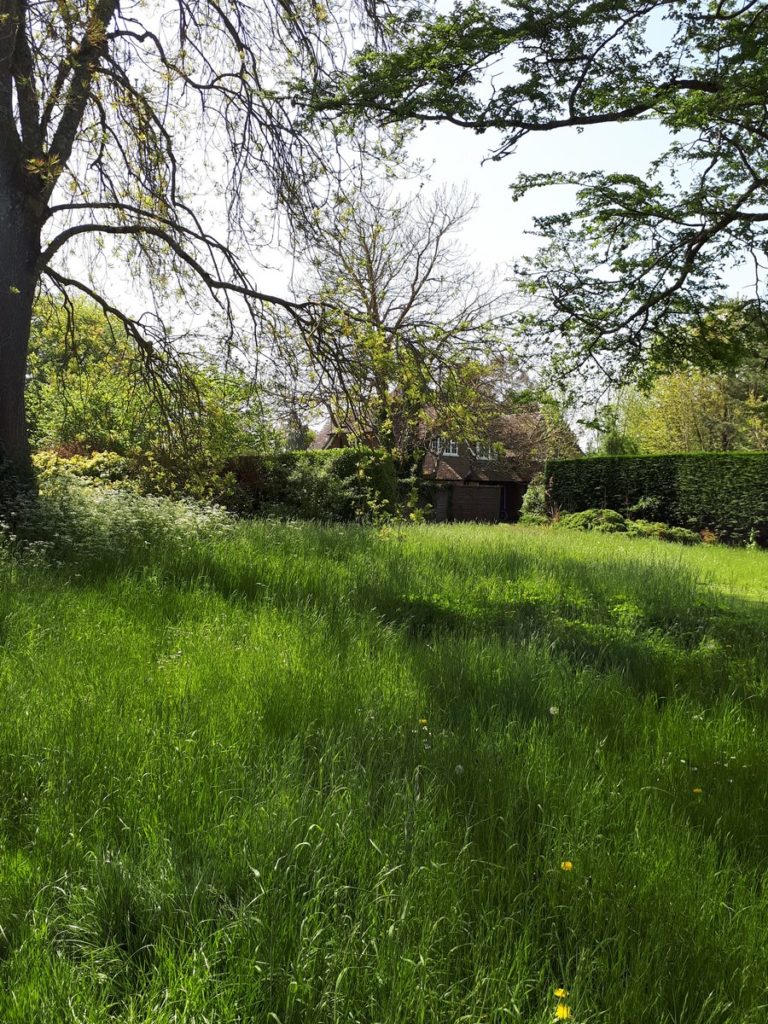
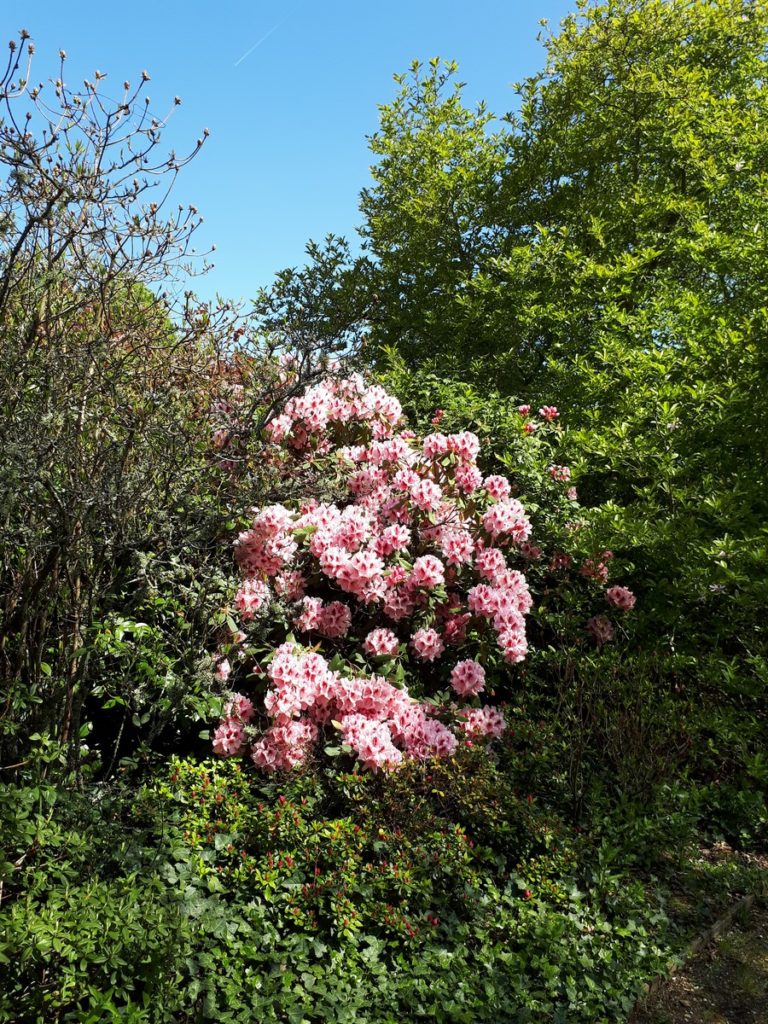
And we very quickly found ourselves quite alone in the grounds and able to explore at our leisure.
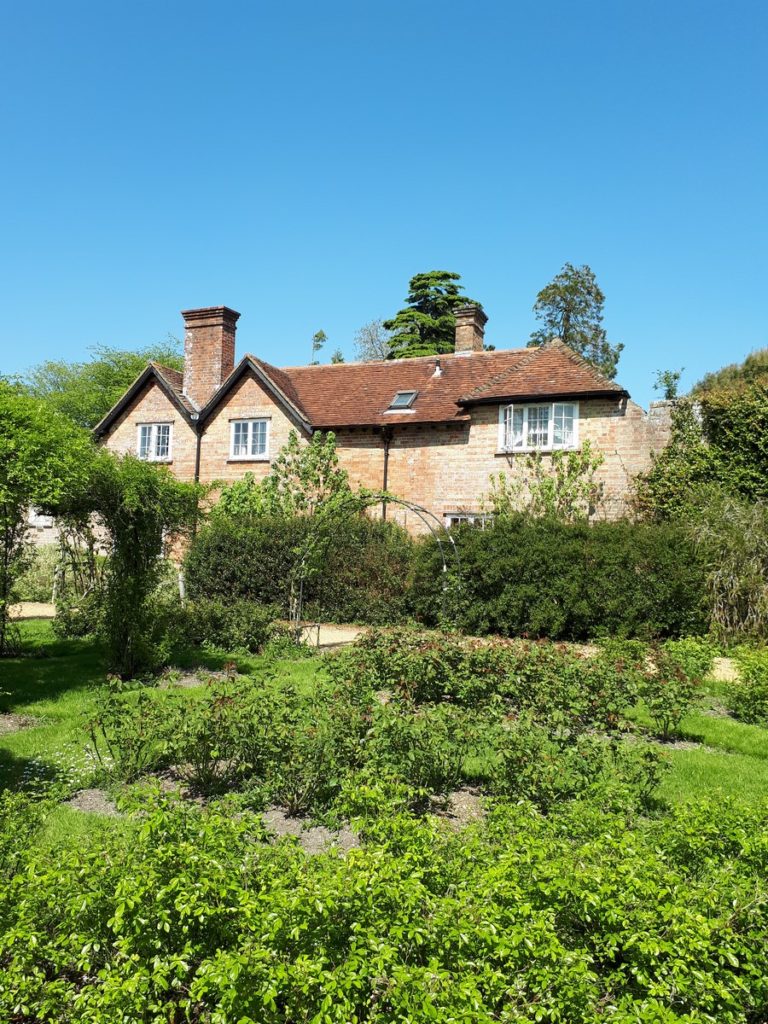
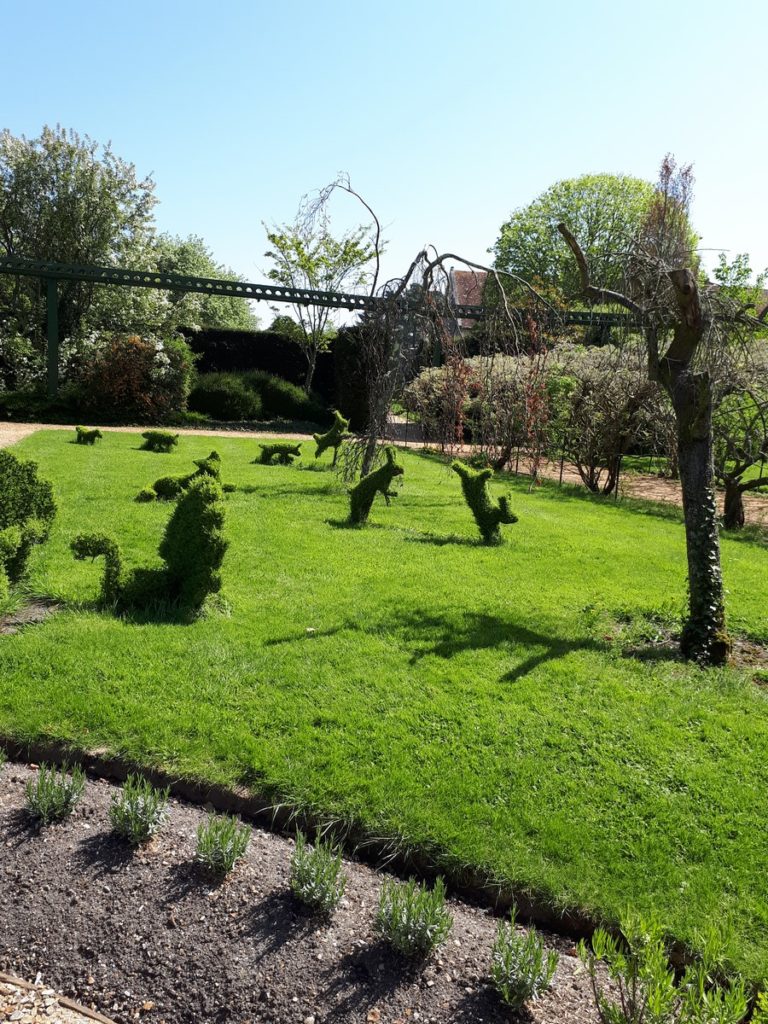
Beaulieu Abbey was a Cistercian abbey founded in 1203–1204 by King John and populated by 30 monks sent from the abbey of Cîteaux in France, the mother house of the Cistercian order.
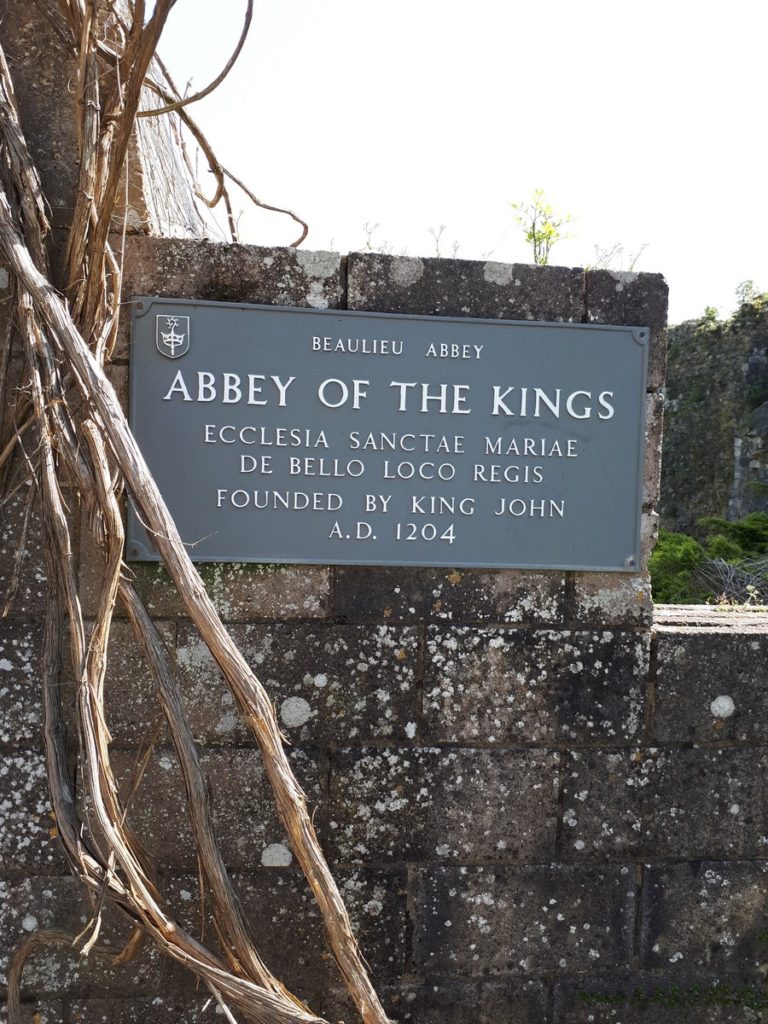
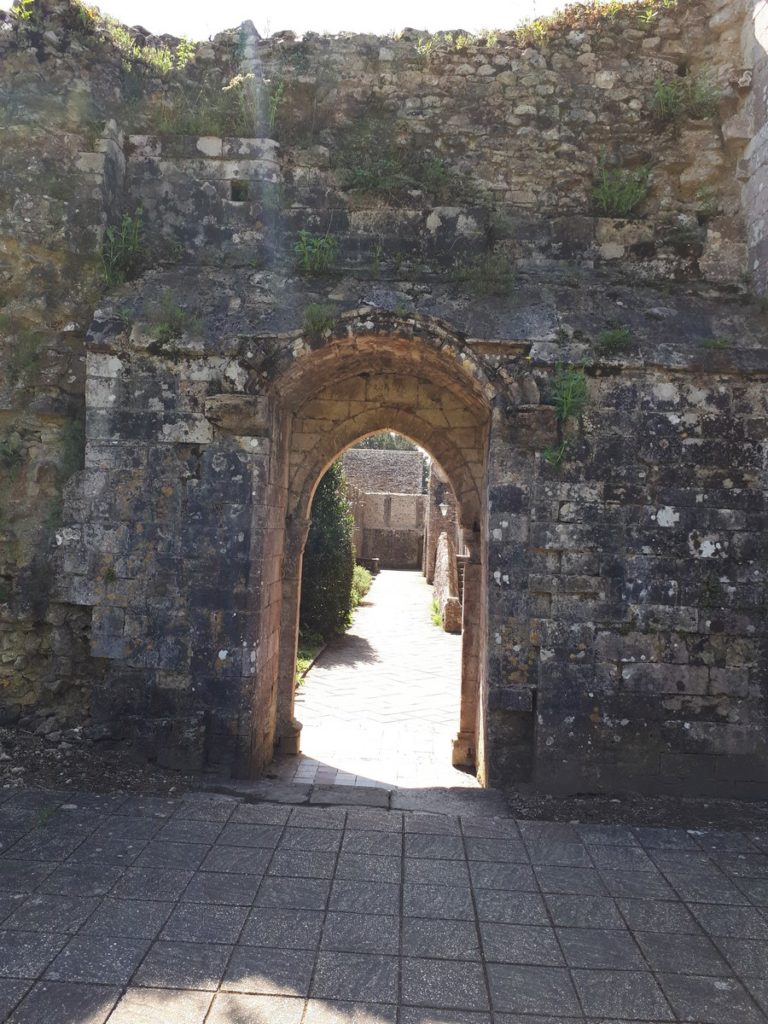

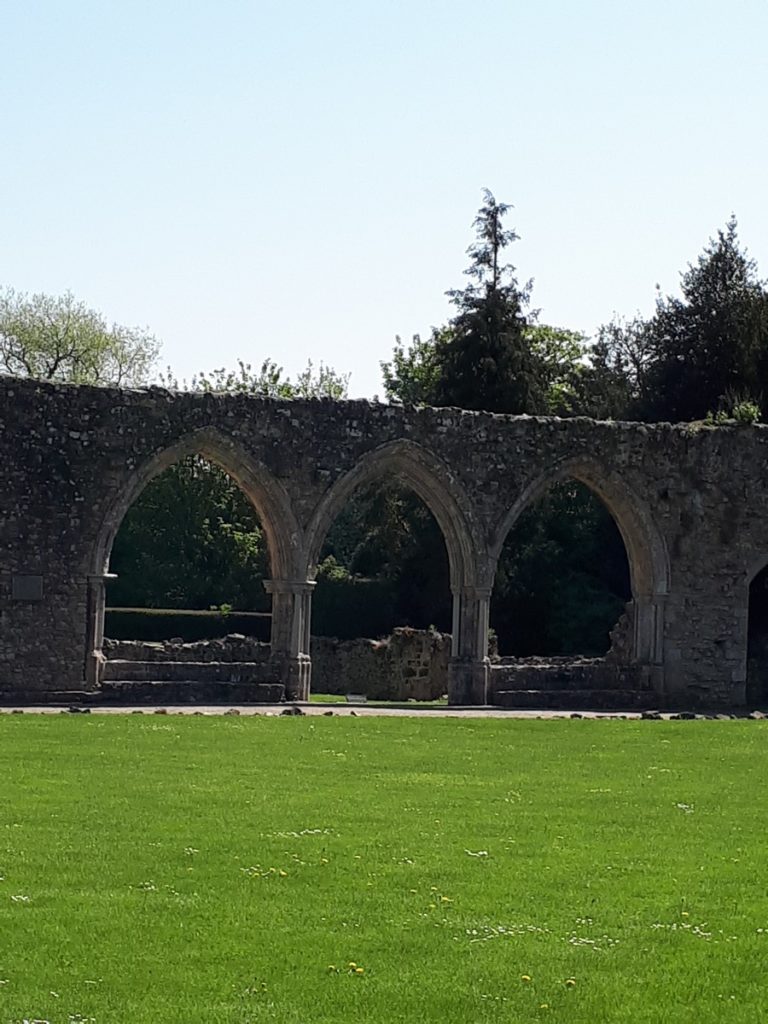
As Wikipedia tells us:
In 1535 the abbey’s income was assessed in the Valor Ecclesiasticus, Henry VIII‘s general survey of church finances prior to the plunder, at £428 gross, £326 net. According to the terms of the first Suppression Act, Henry’s initial move in the Dissolution of the Monasteries, this meant that it escaped immediate confiscation, though the clouds were gathering.
Though Beaulieu managed to survive until April 1538, at that point it was finally forced to surrender to the government. Many of the monks were granted pensions, the abbot receiving 100 marks per year. Abbot Thomas ended his days as treasurer of Salisbury Cathedral. He died in 1550.
At the dissolution of the monastery in 1538, the Commissioners for the Dissolution reported to the government that thirty-two sanctuary-men, who were here for debt, felony, or murder, were living in houses in the monastic precincts with their wives and families. When the abbey was dissolved there was some debate about what to do with them, however, in the end it was decided, after pleading by the former abbot and certain government officials, to allow the debtors to live in their houses on the abbey grounds permanently.
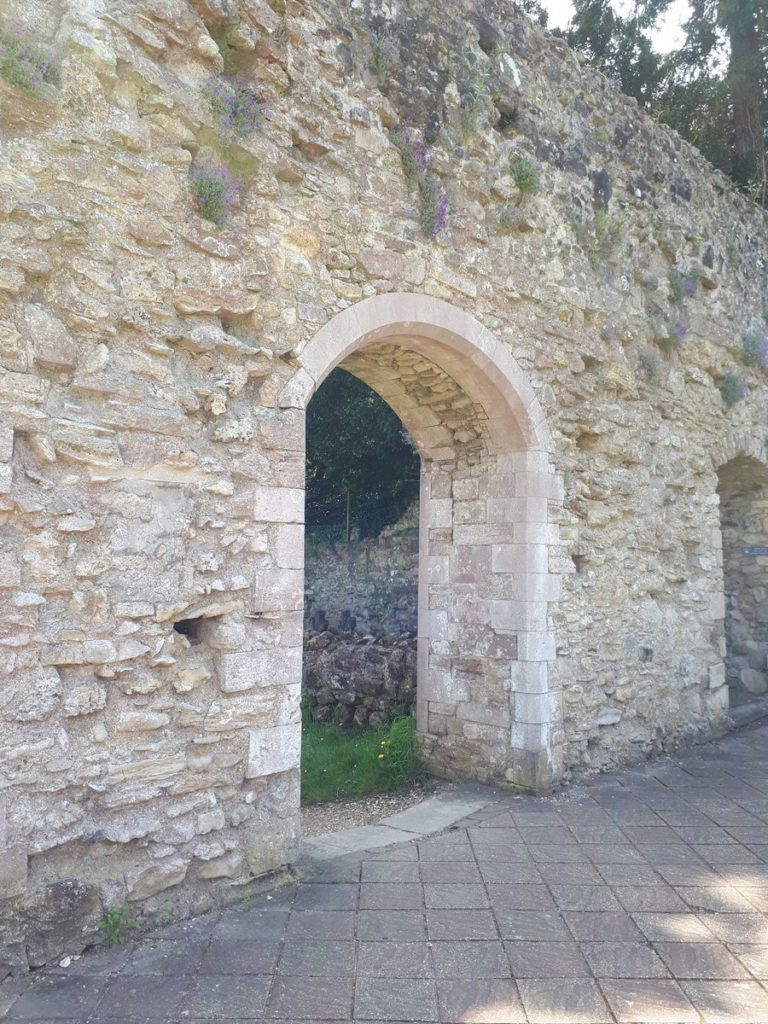
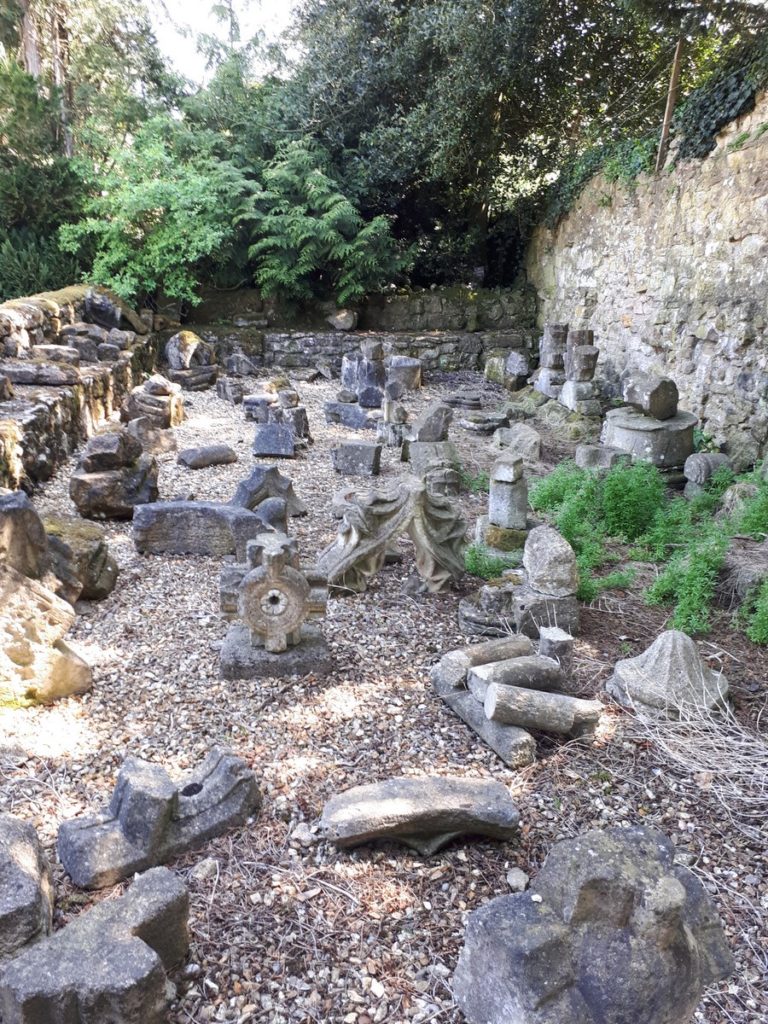
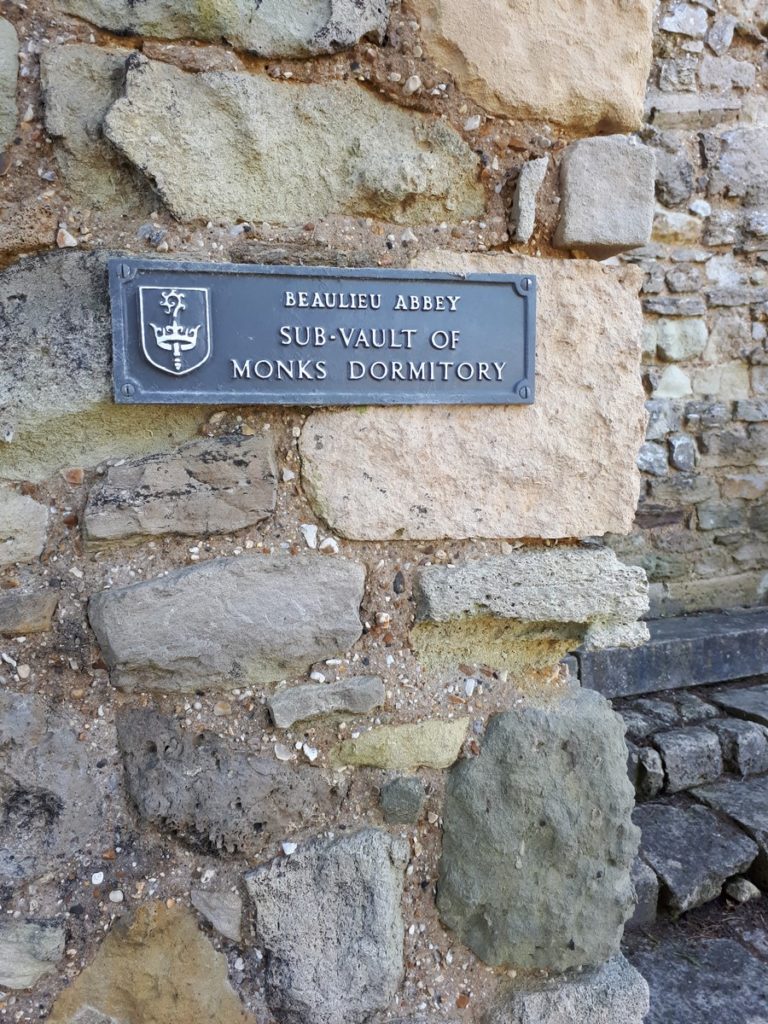
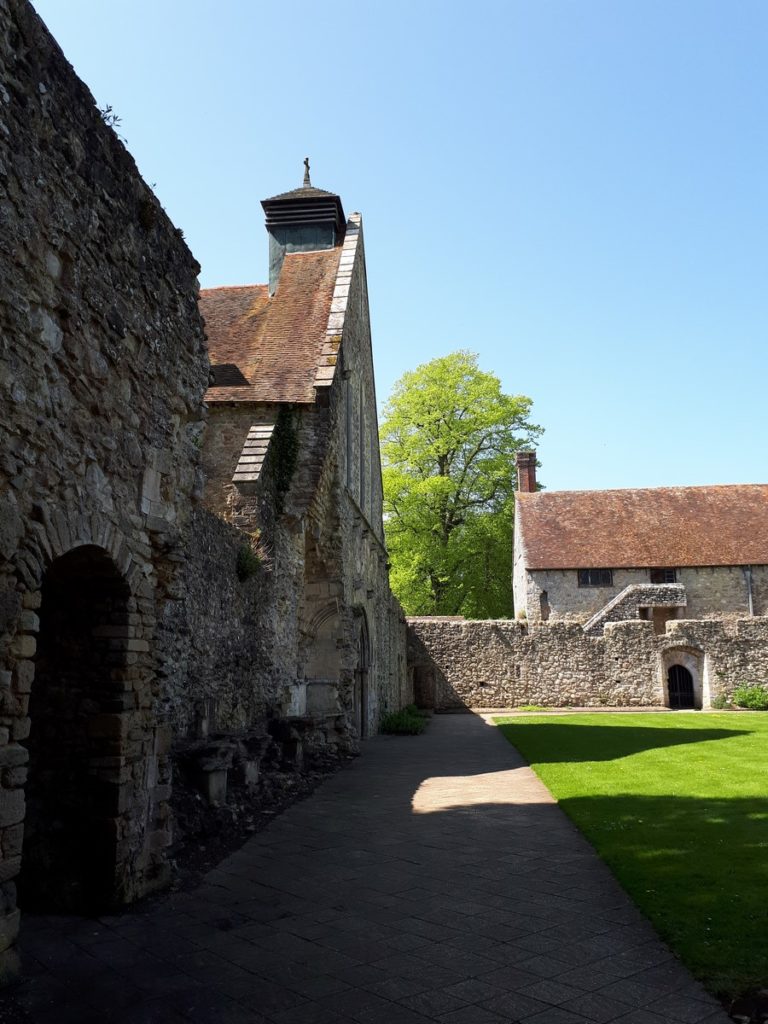
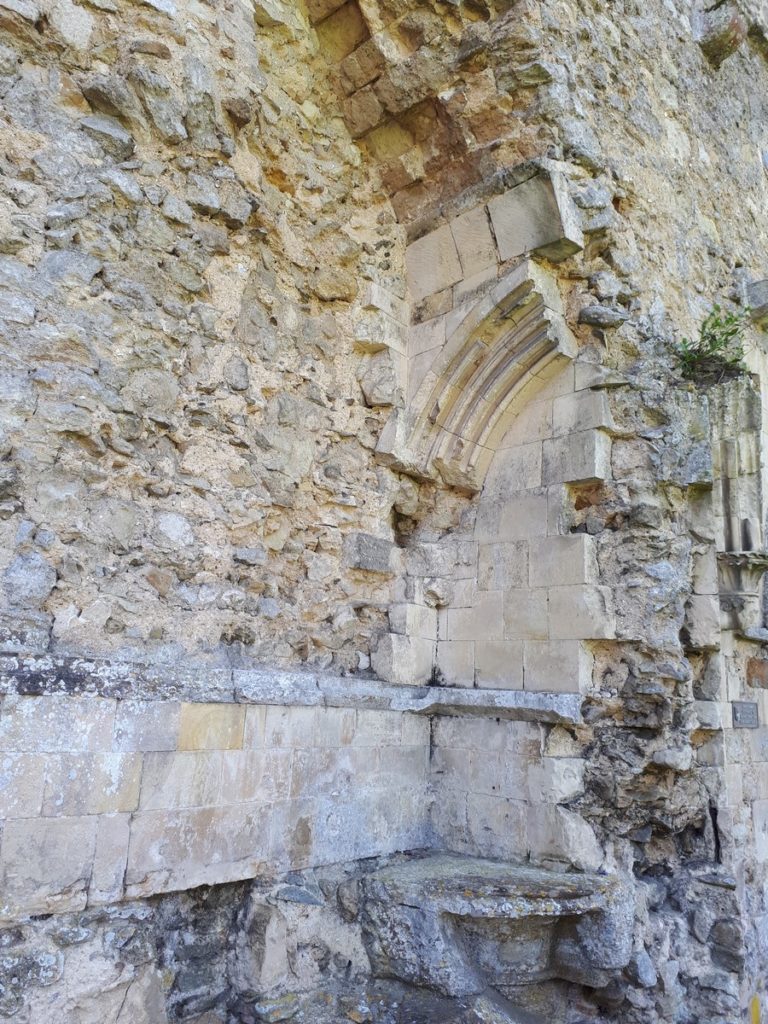
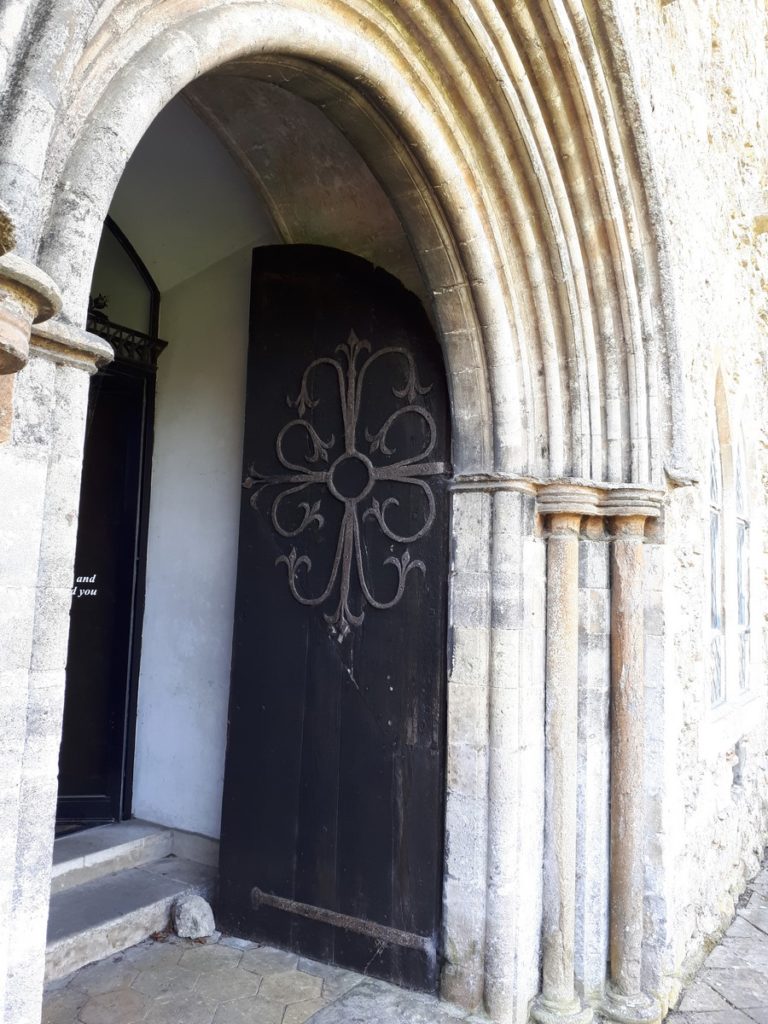
Following the Dissolution, the monk’s refectory was converted to the current church.
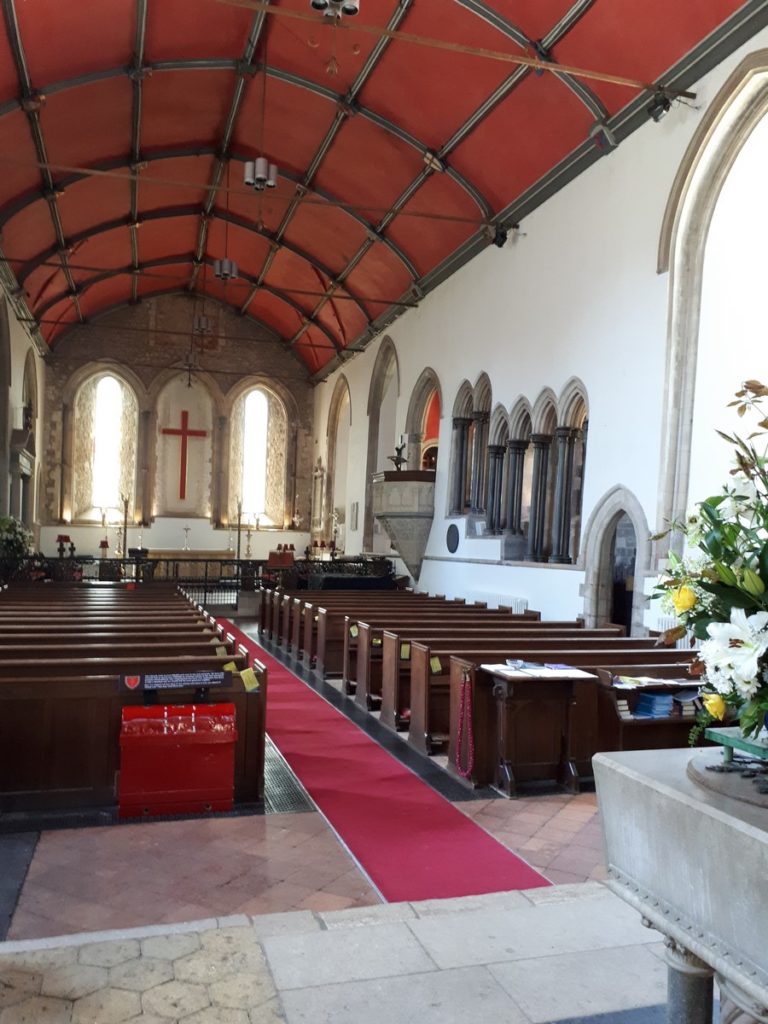
The Abbey and its grounds are said to be haunted by the monks. The video below is a portion of a special called The Stately Ghosts of England, with actress Margaret Rutherford, her husband, Stringer Davis and celebrity ghost hunter of that time, Tom Corbett. In it, you will see the grounds of the Abbey and visit Beaulieu house.
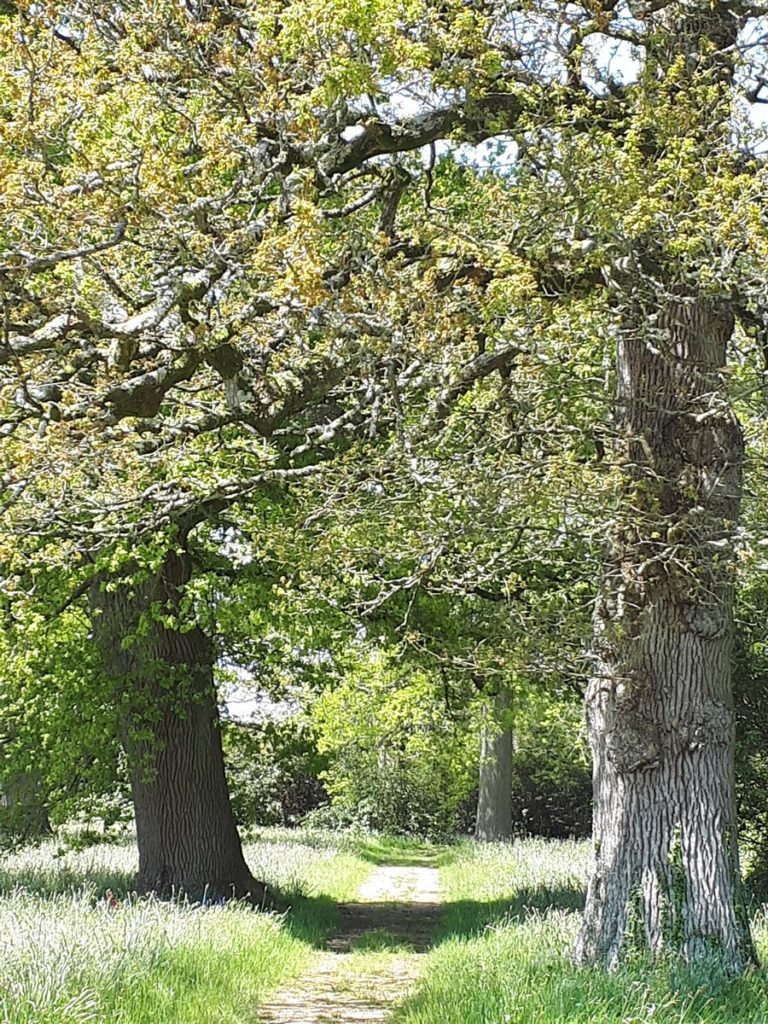
Victoria and I, too, visited Beaulieu House, adjacent to the Abbey and reached via a wooded walk.
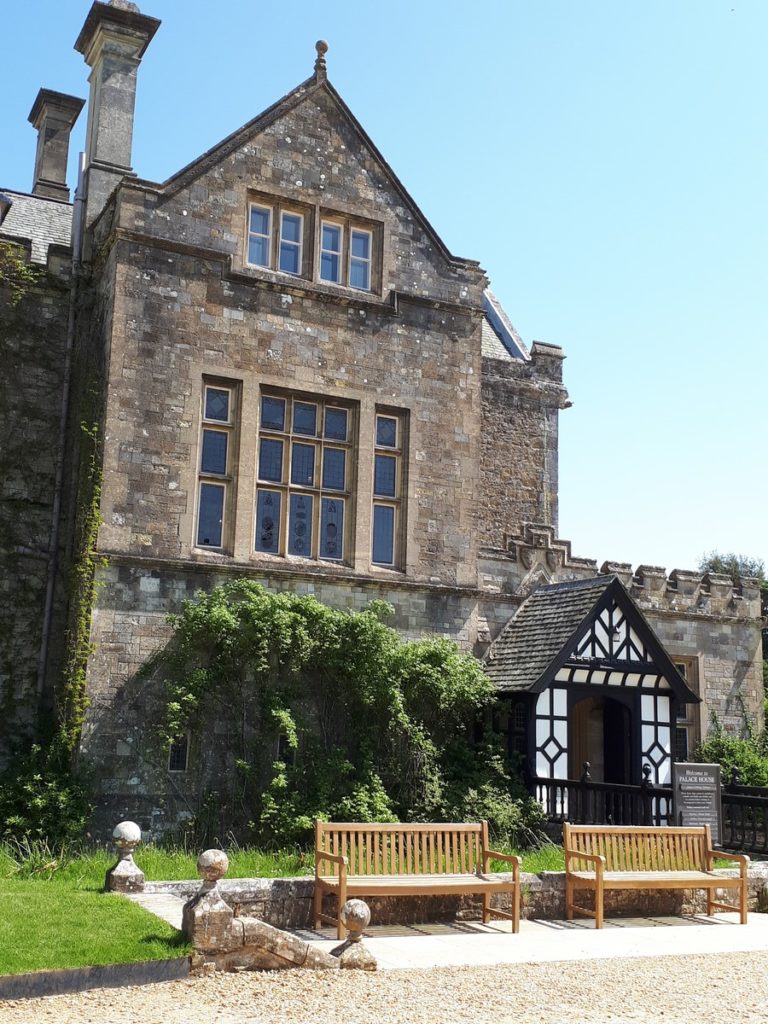
Beaulieu Palace House, to give it its full title, is a 13th-century house, originally part of the Abbey. It was purchased by Thomas Wriothesley, 1st Earl of Southampton in 1538, following the Dissolution of the Monasteries and is still owned and occupied by the earl’s descendants, the Barons Montagu of Beaulieu.

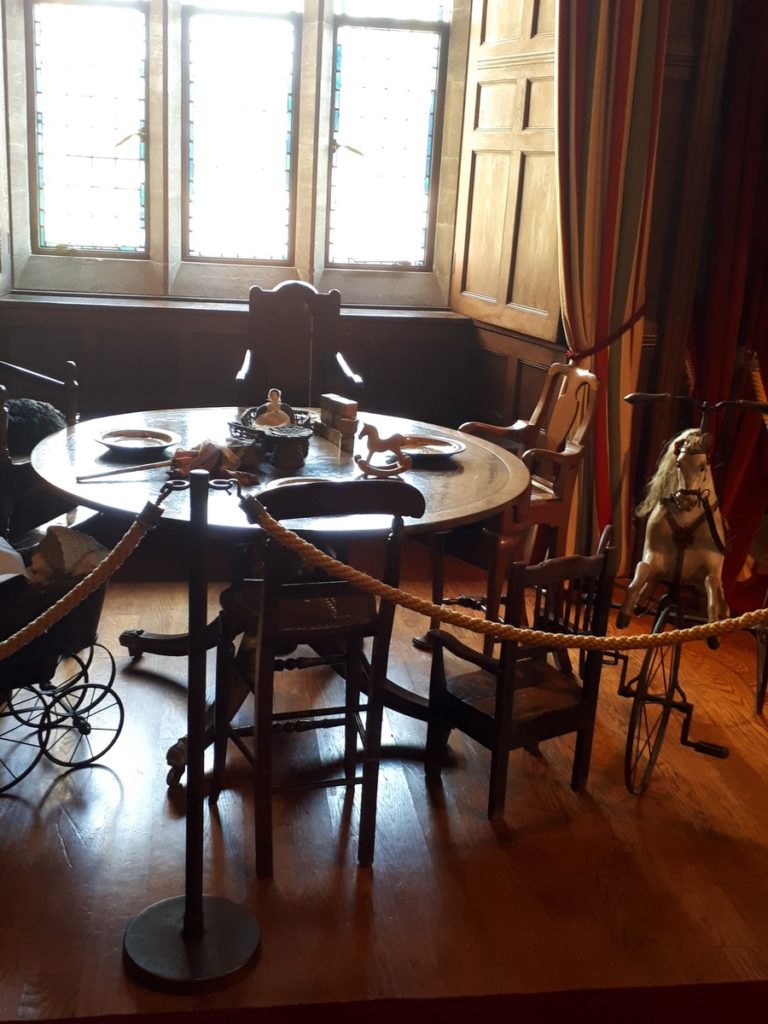
Though a grand house, Beaulieu feels more like a family home, as evidenced by the post box in the hall and the children’s table, above, set up in the dining room.
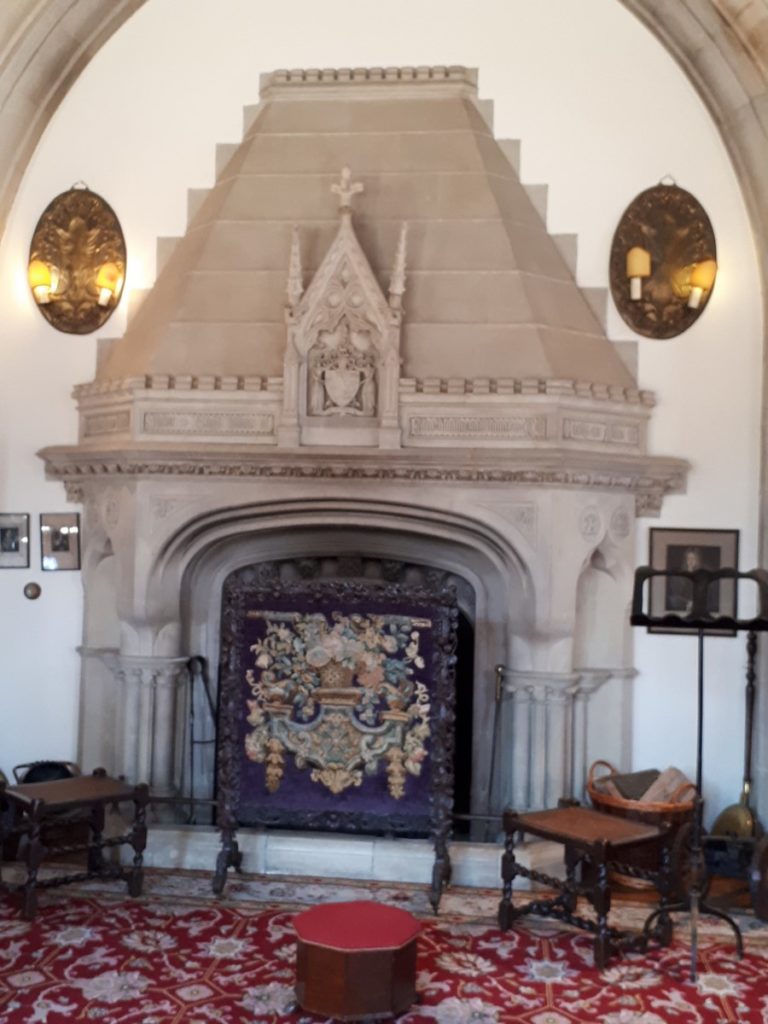

Above and below, the coronation robes worn by family members at the coronations of George IV (top and bottom right) and those of George VI and Elizabeth II.
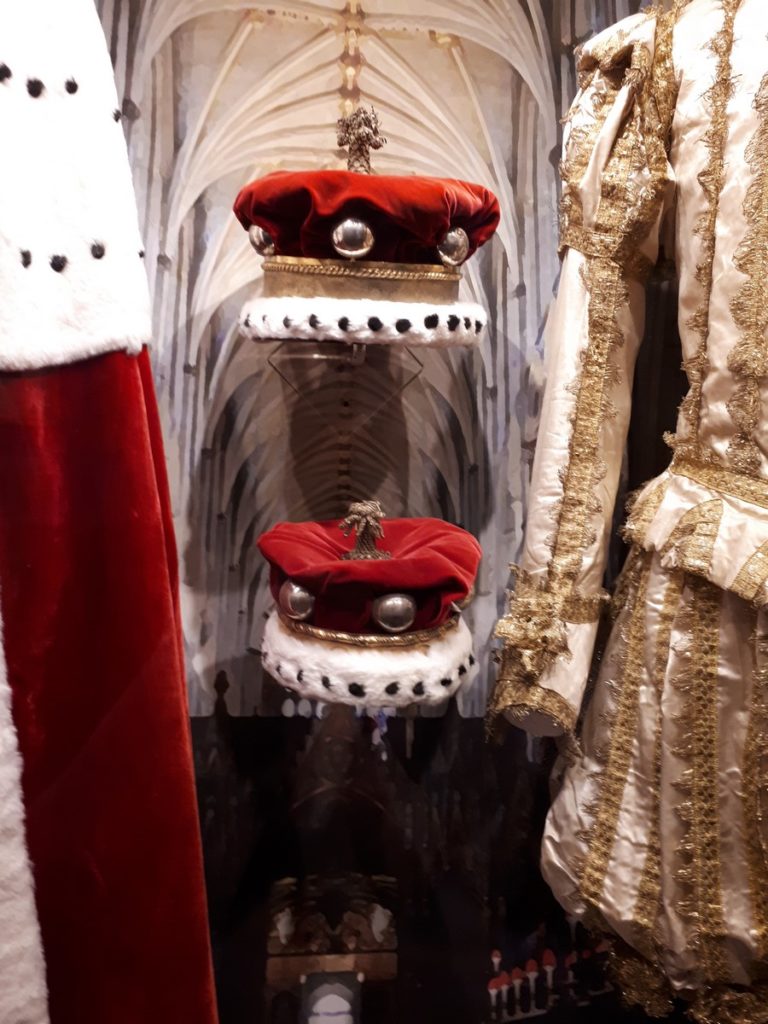
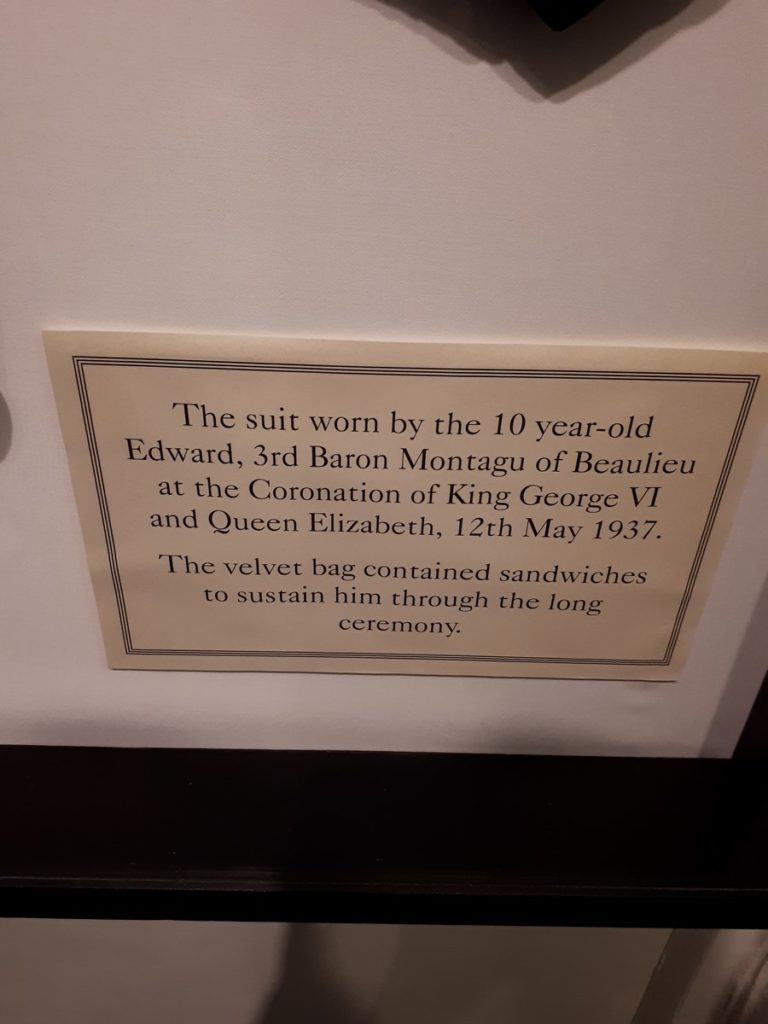
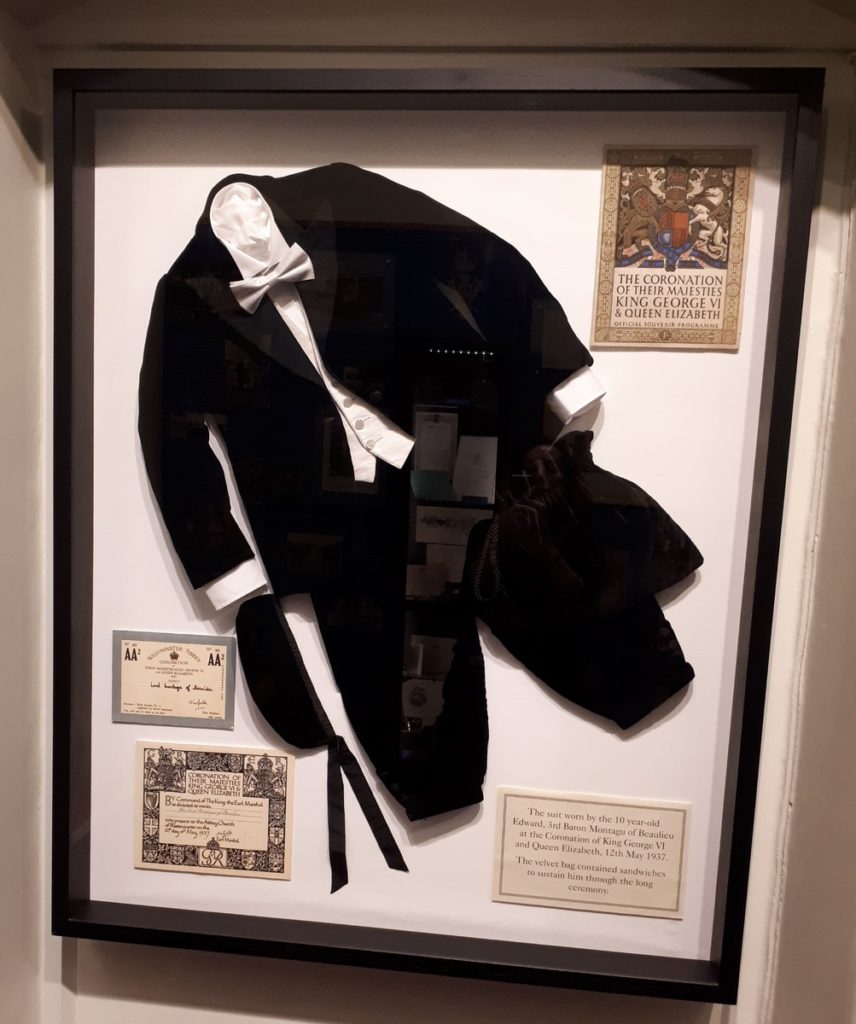
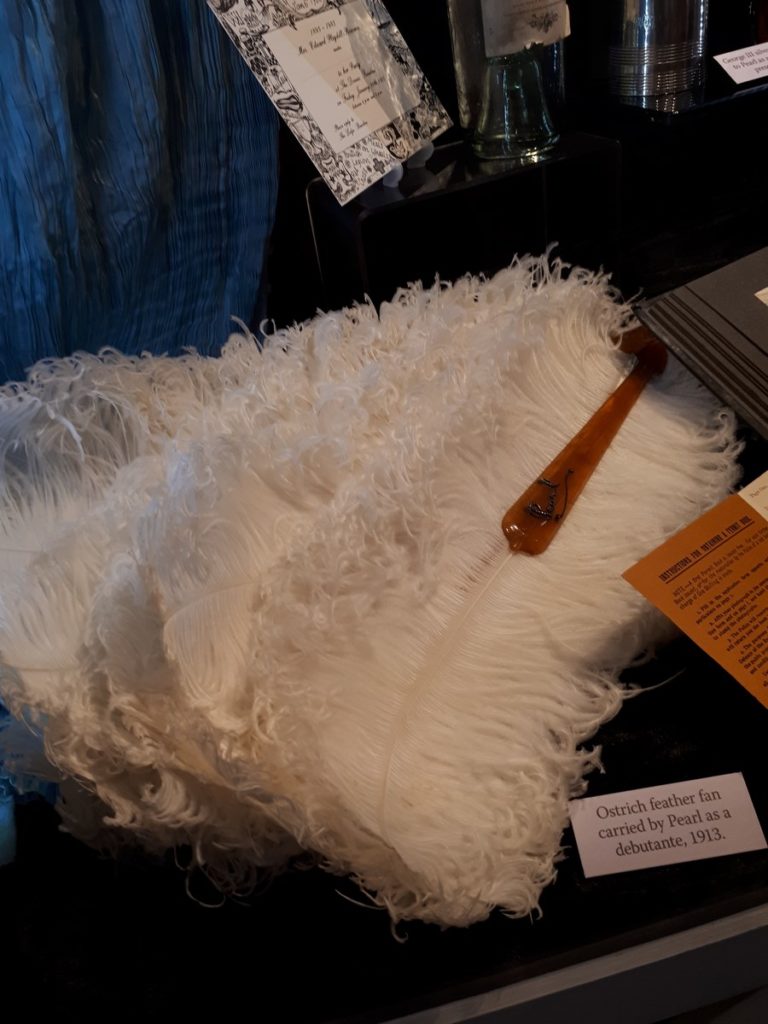
The memoires (1906-30) of Lord Montagu’s grandmother Pearl Pleydell-Bouverie have been published and tell the story of her childhood and her time as wife to the motoring pioneer John, 2nd Baron Montagu of Beaulieu.
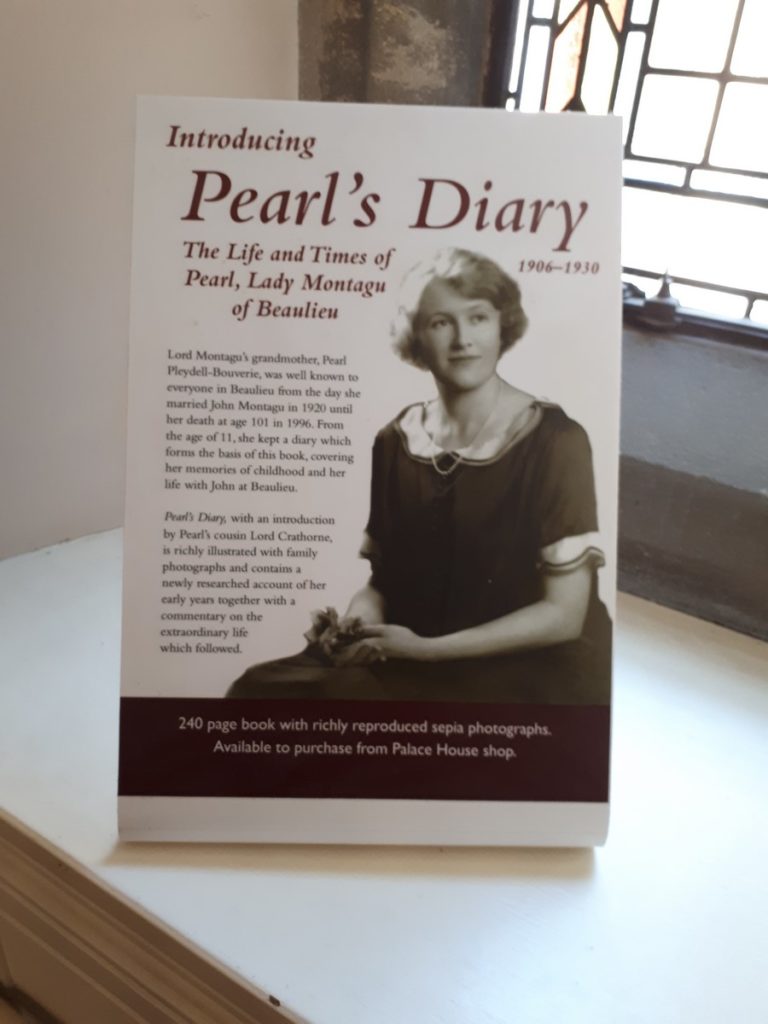
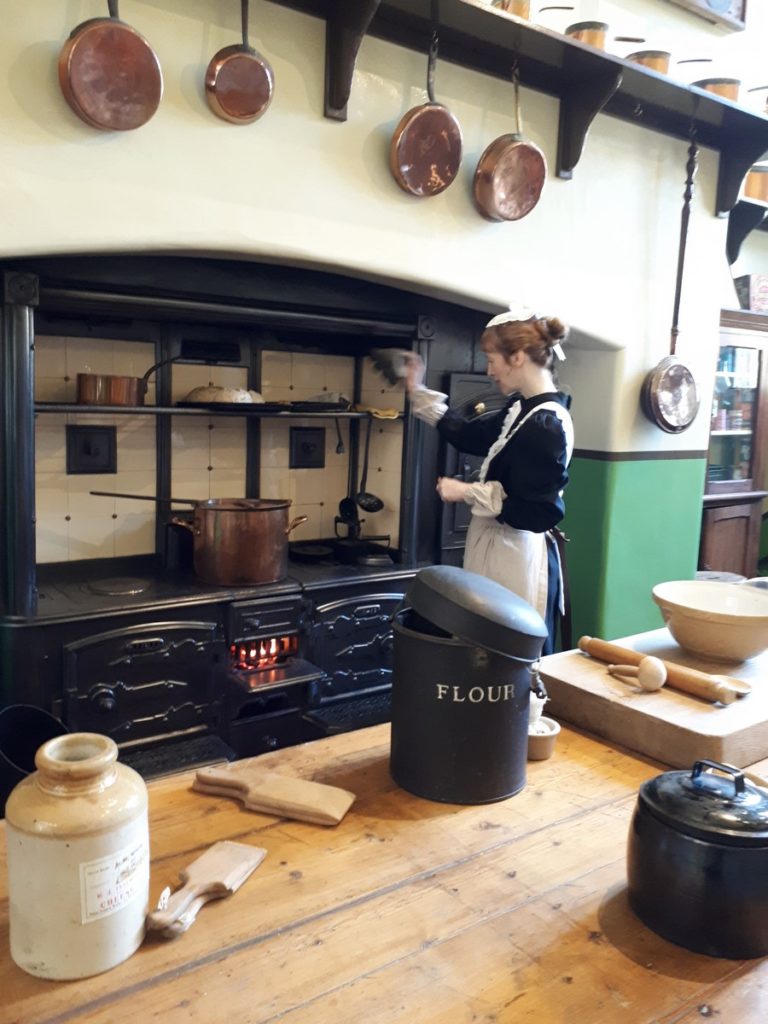
Something was cooking in the kitchen – and it smelled good.
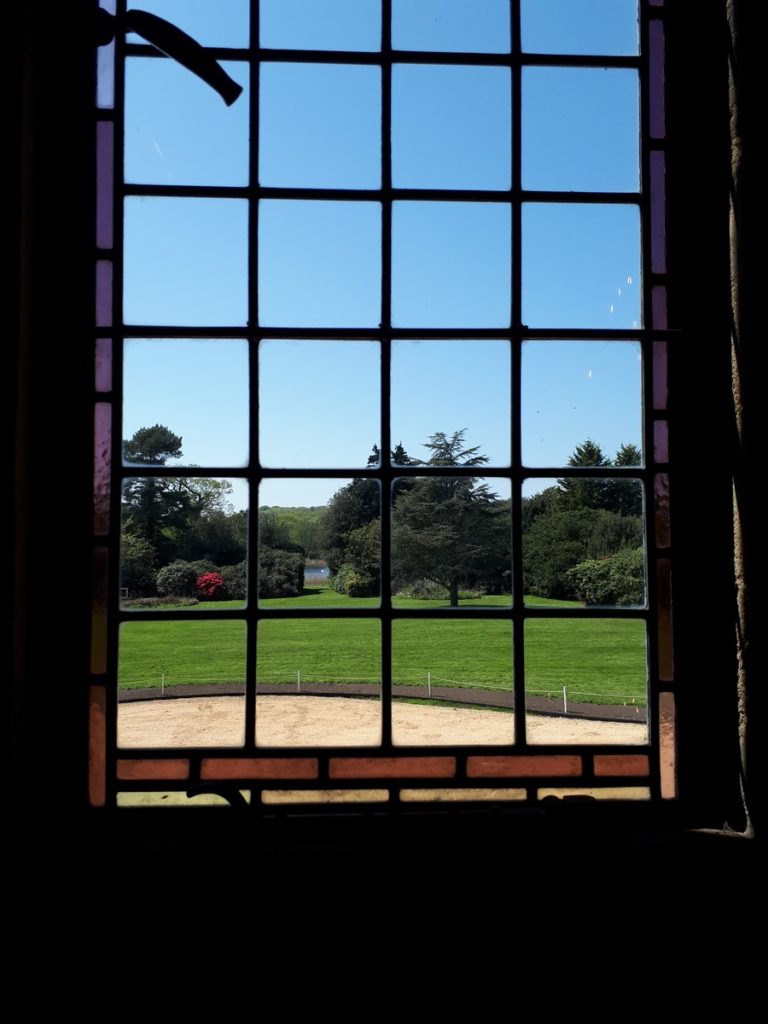
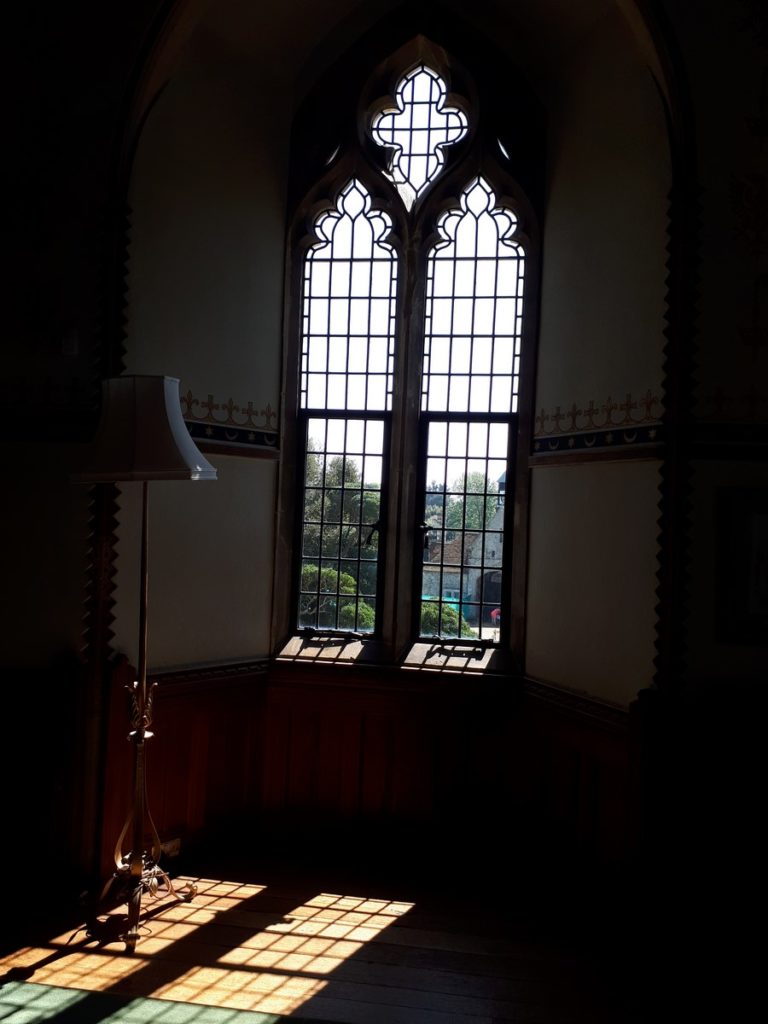
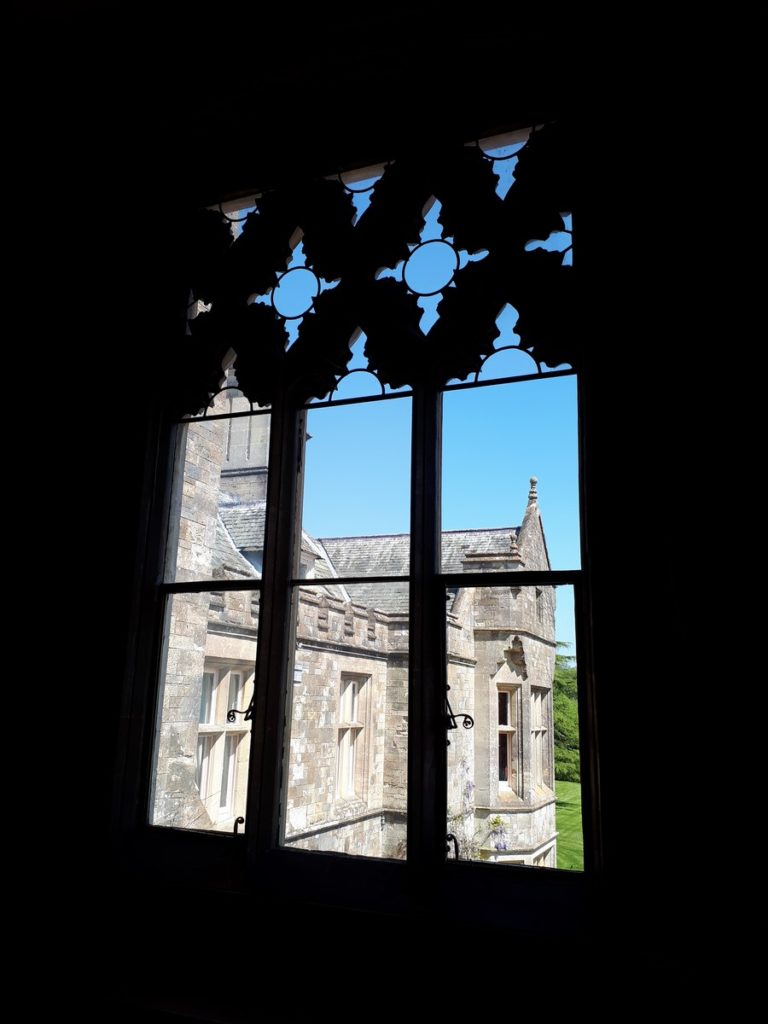
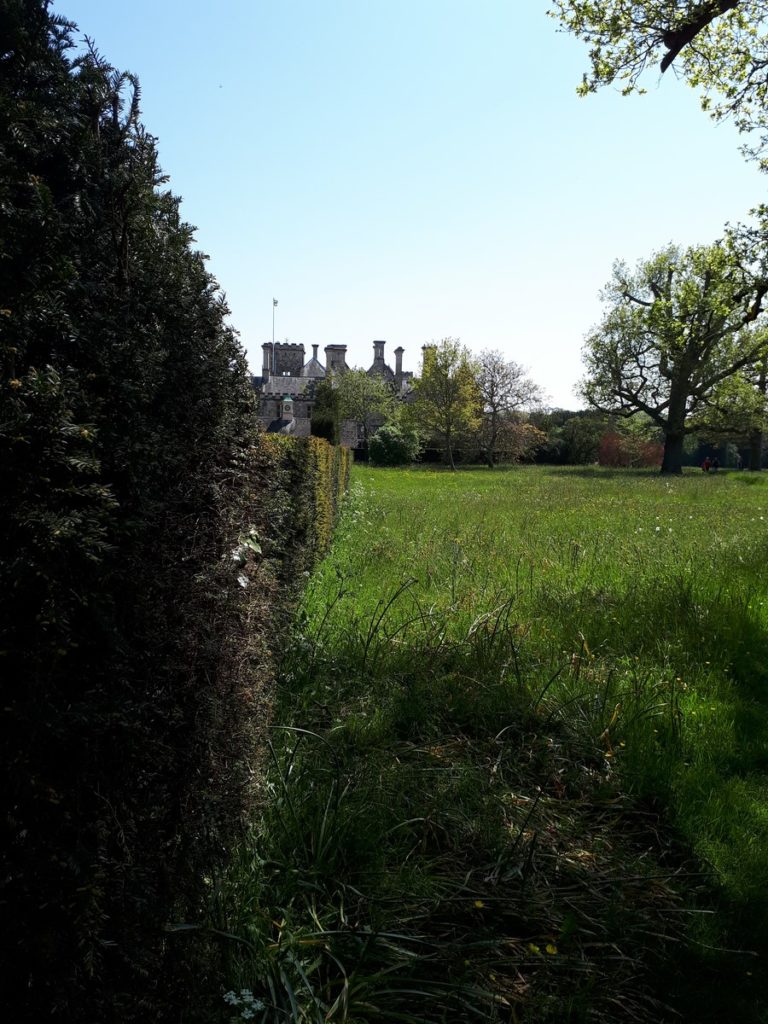

Leaving Beaulieu, we drove through the New Forest and saw many of the famed ponies, who definitely have the right of way. You can read about the breed here.
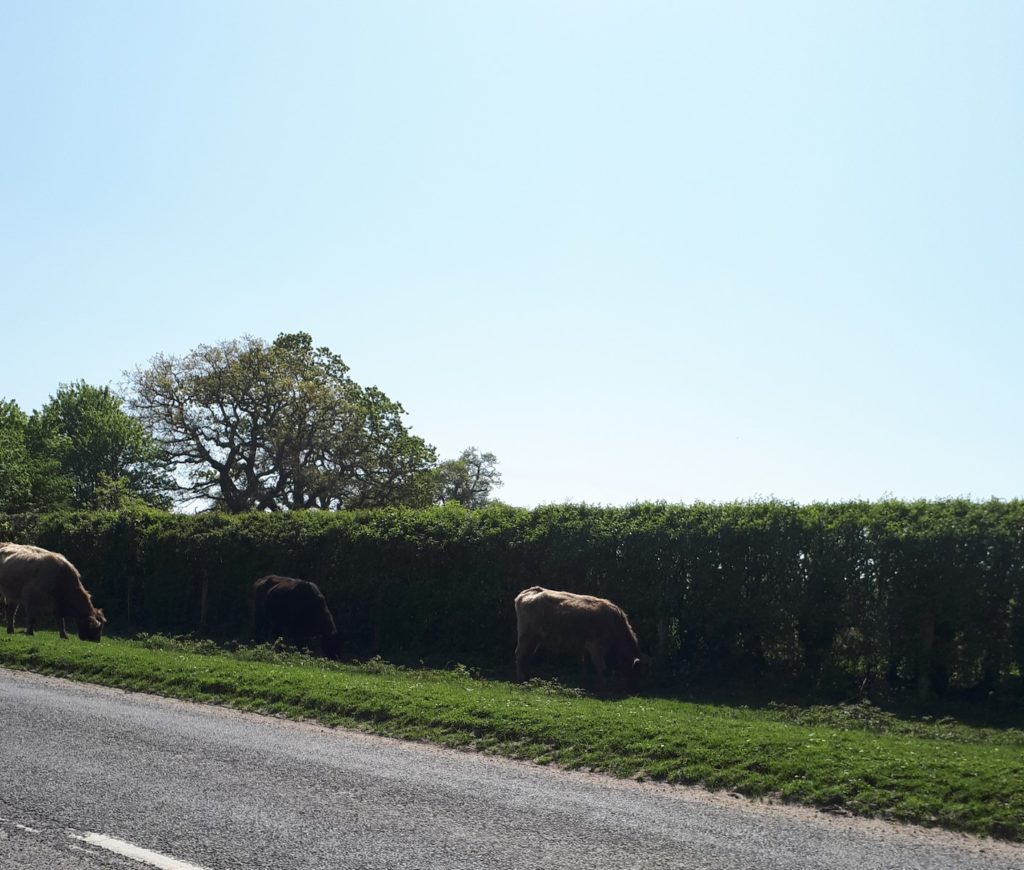
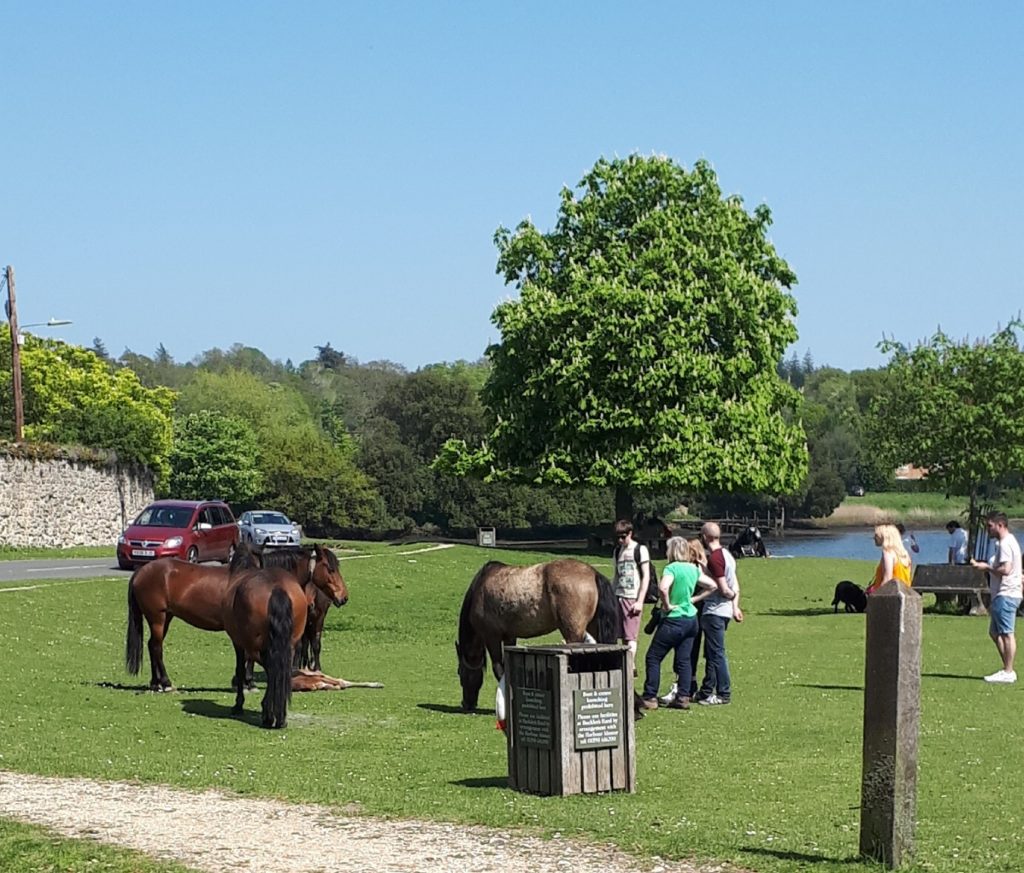
More adventures to follow . . . .
Would you like to experience travel in England first-hand?
Visit our website for a list of upcoming Number One London Tours.
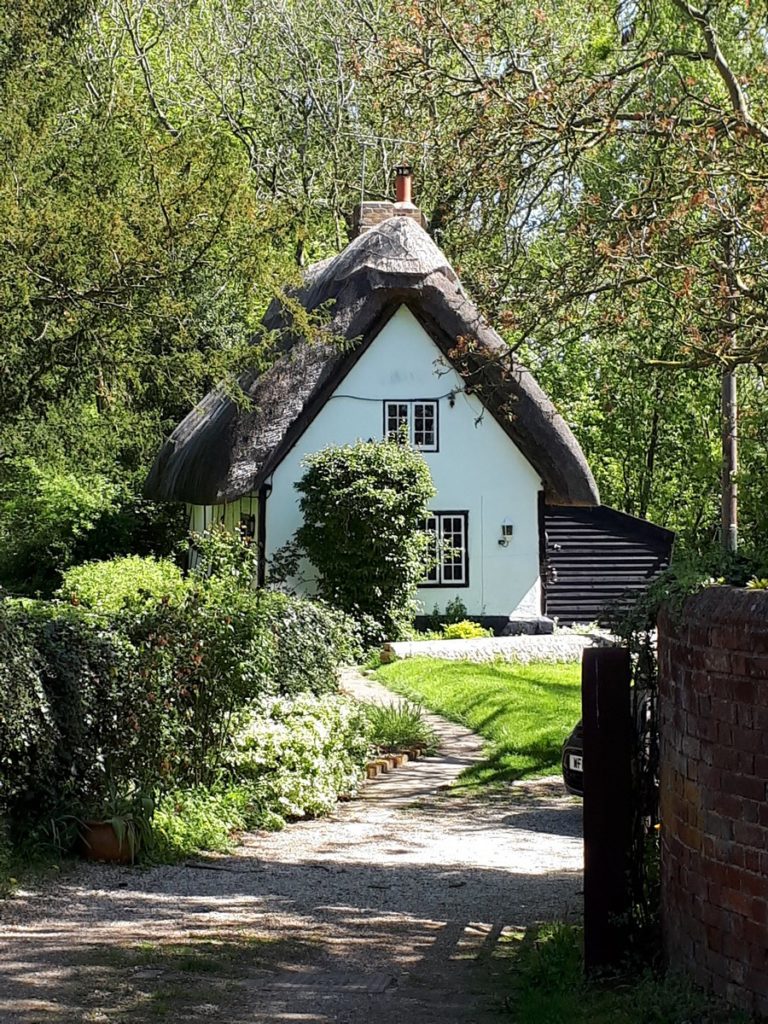
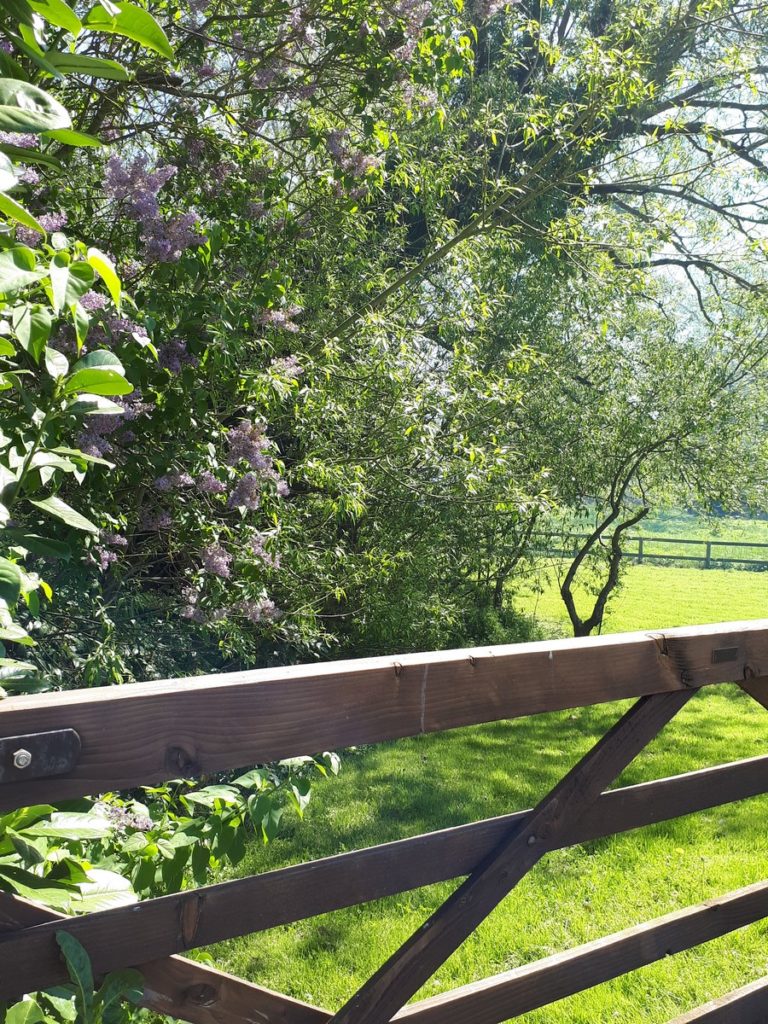

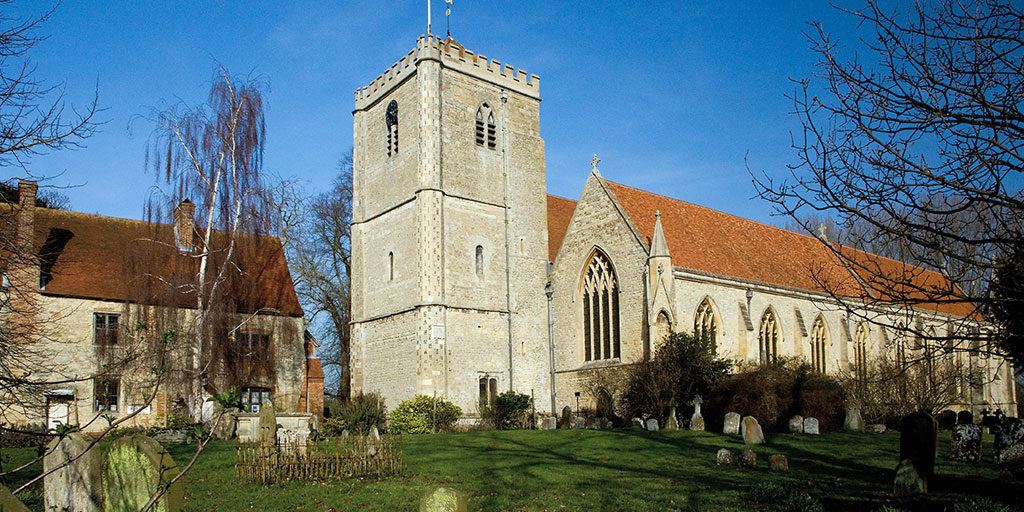
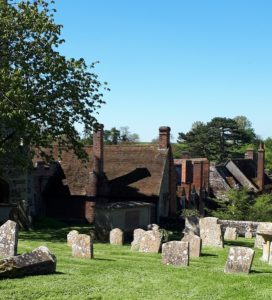
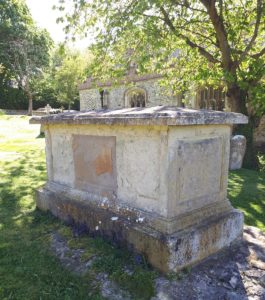
 Formerly a Norman abbey church, Dorchester Abbey was built on the site of a Saxon cathedral.
Formerly a Norman abbey church, Dorchester Abbey was built on the site of a Saxon cathedral.